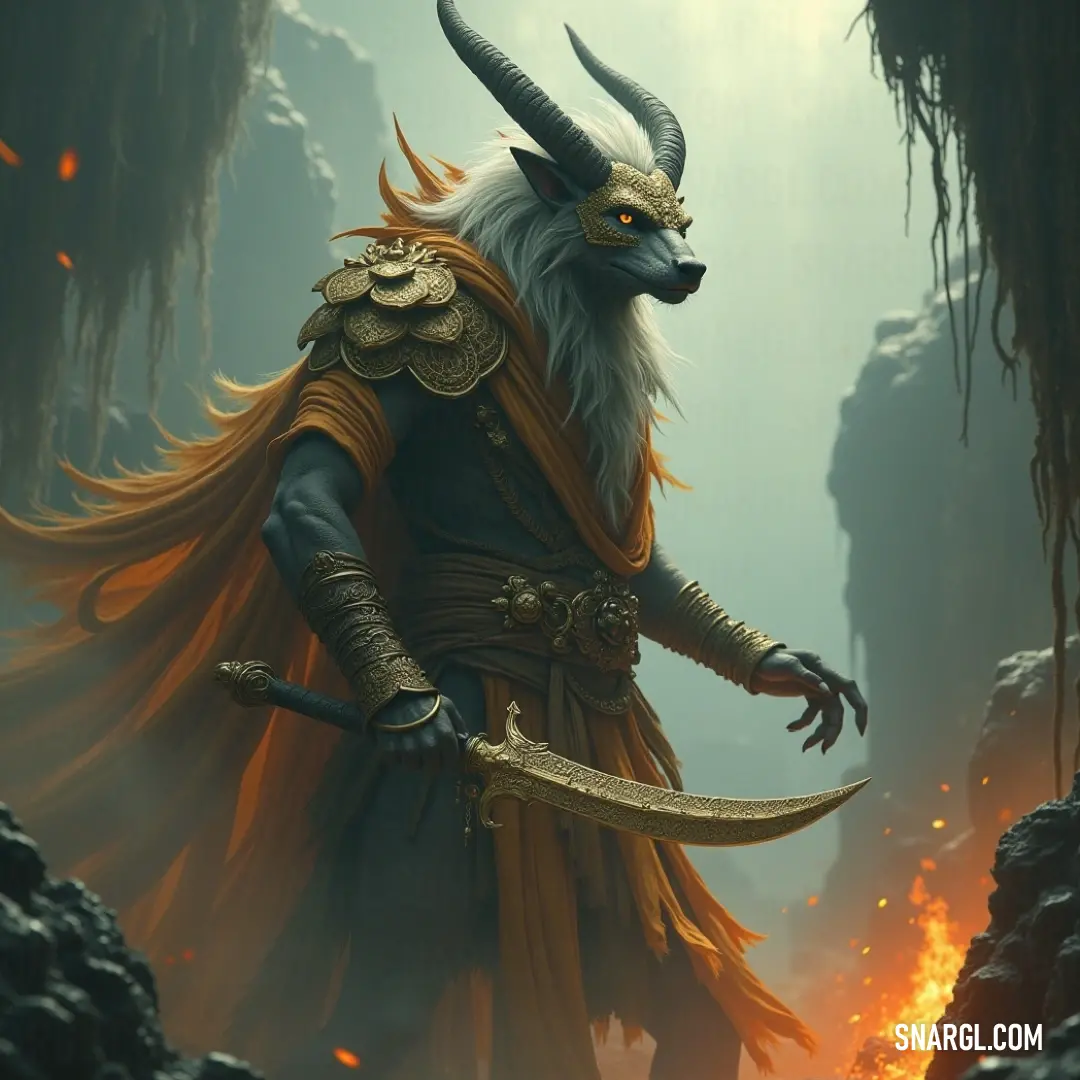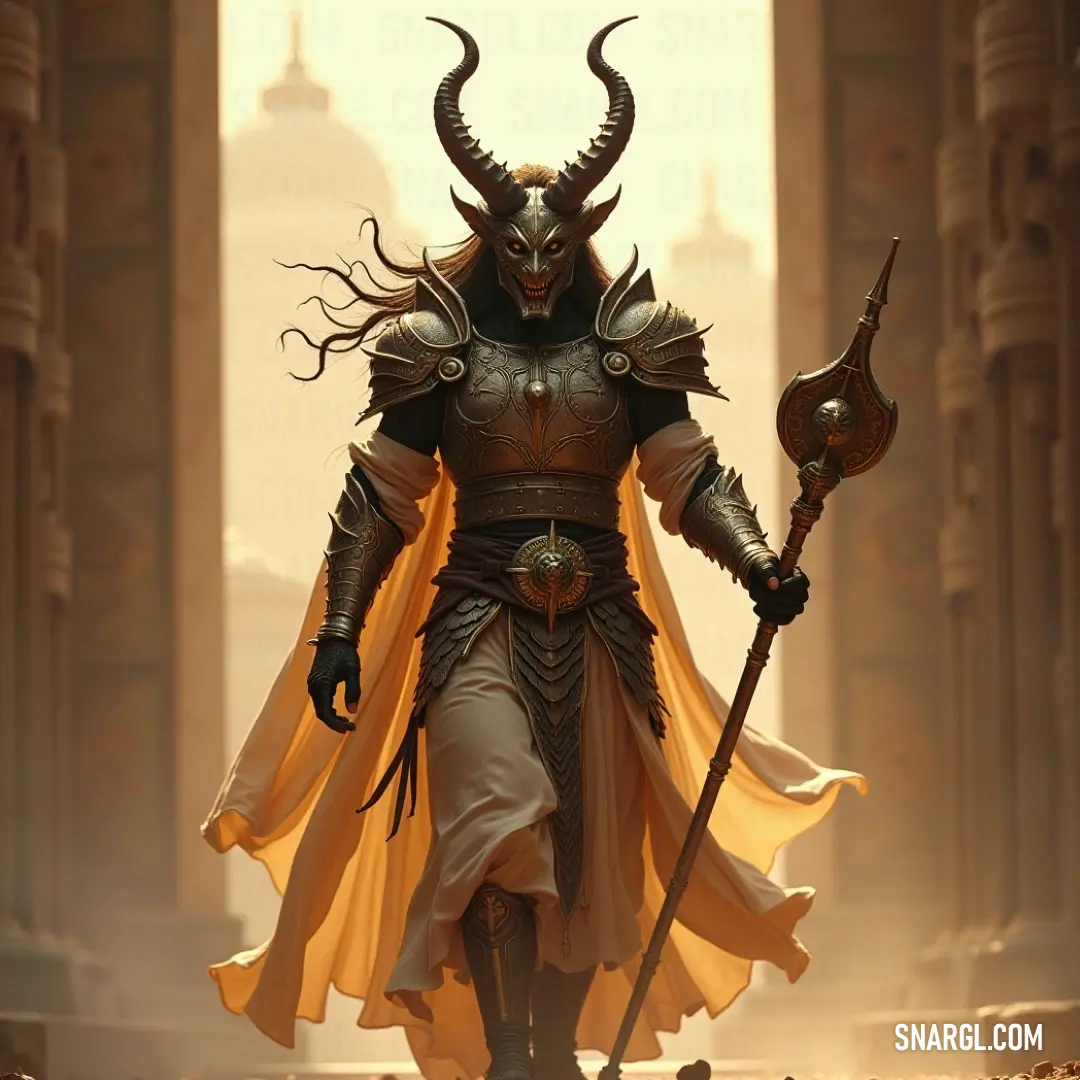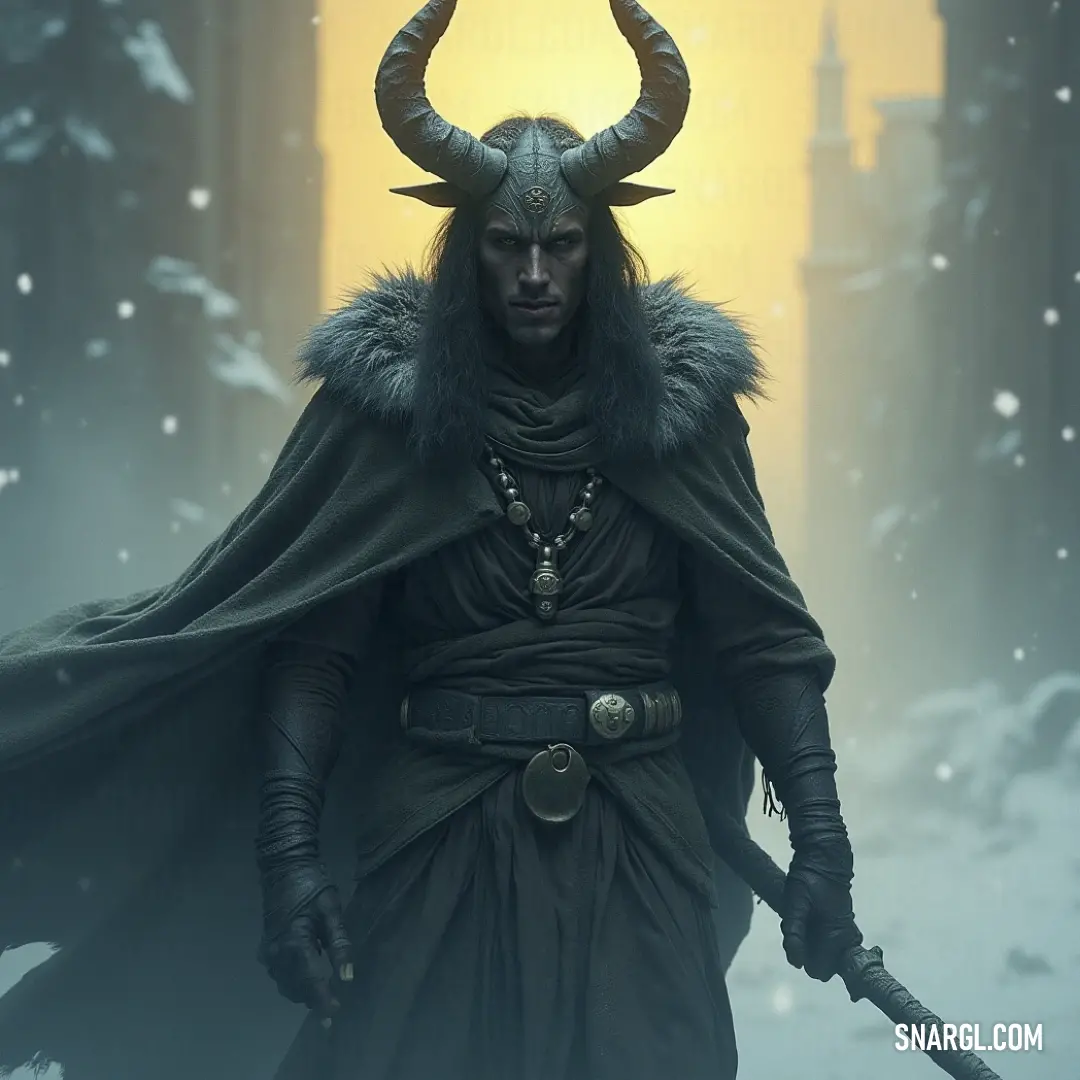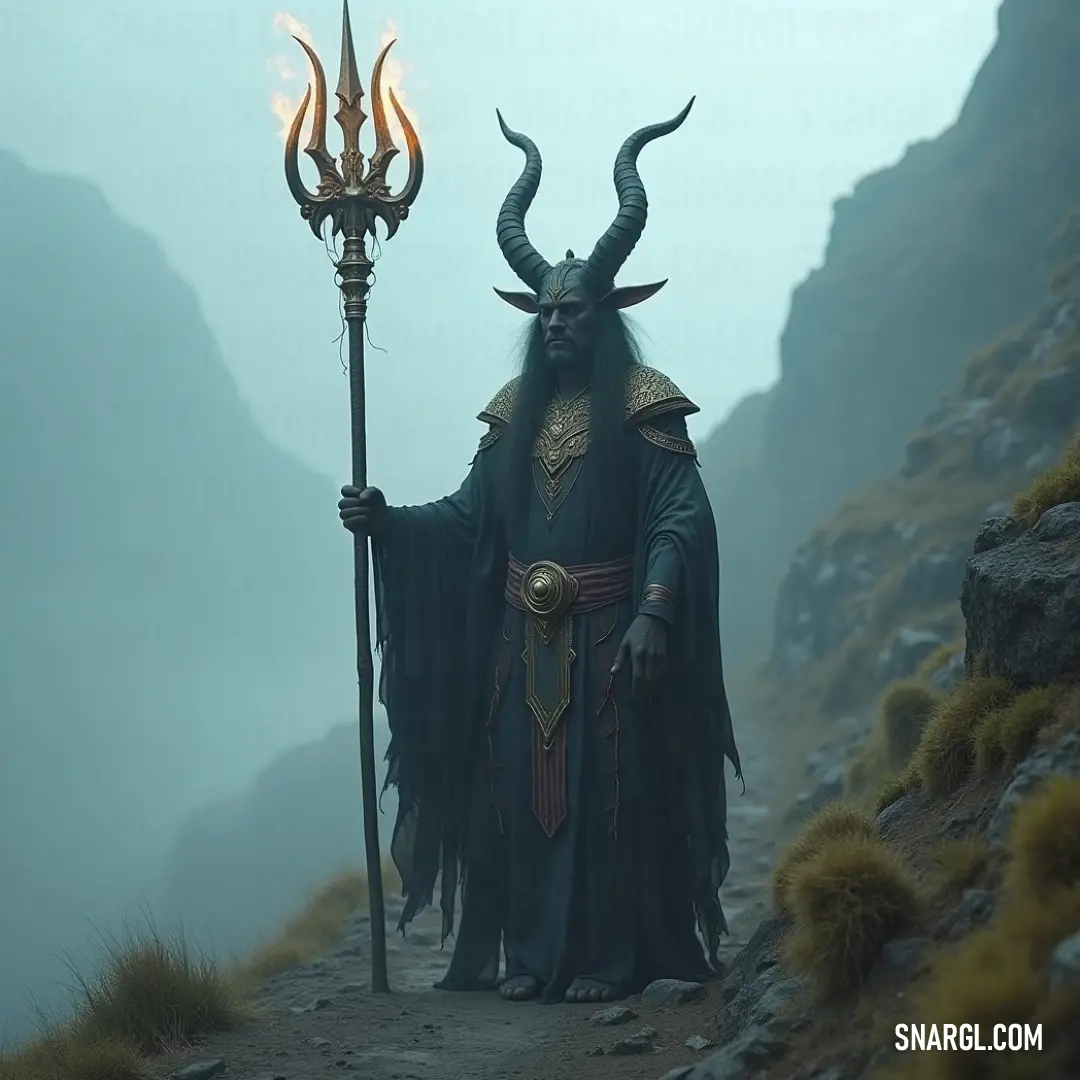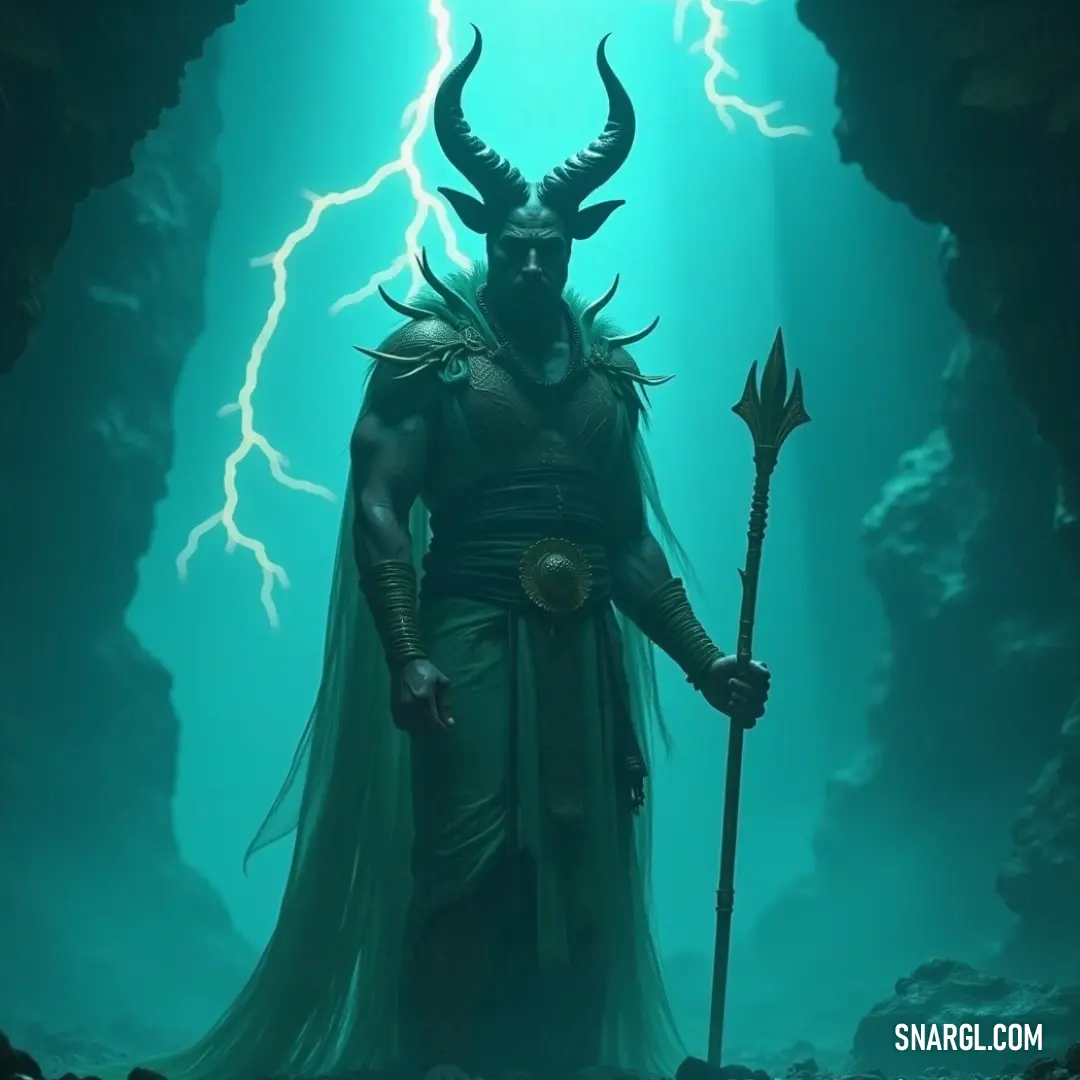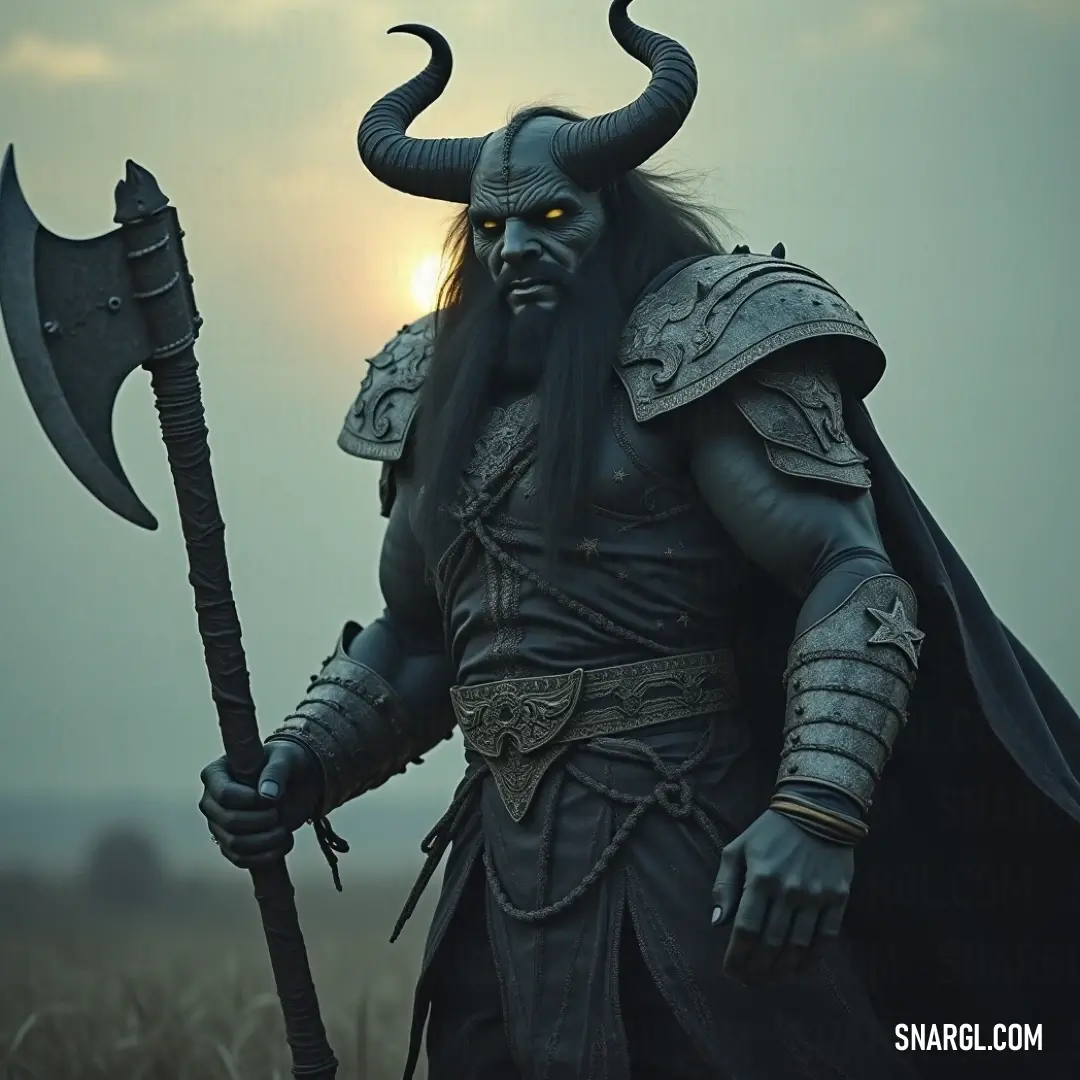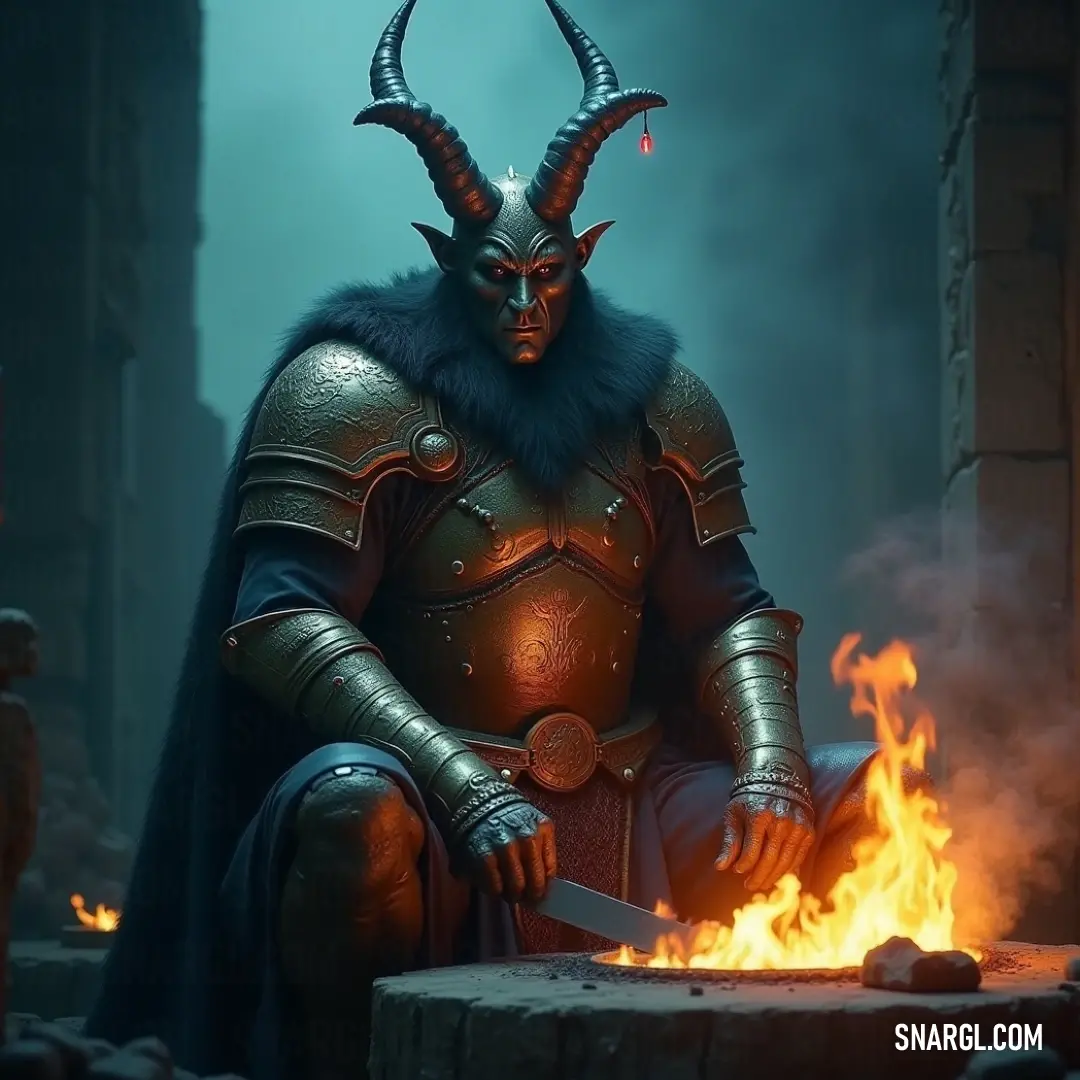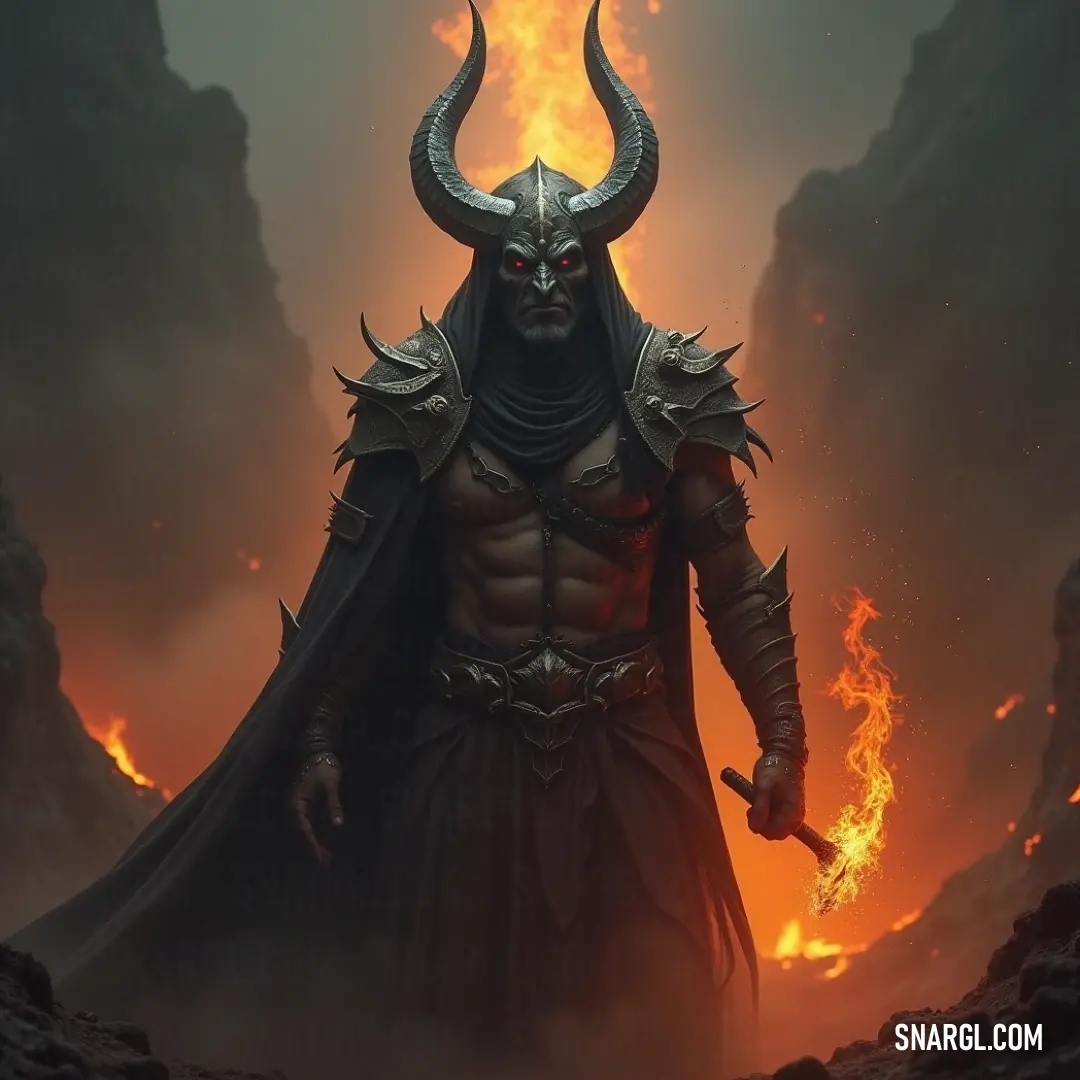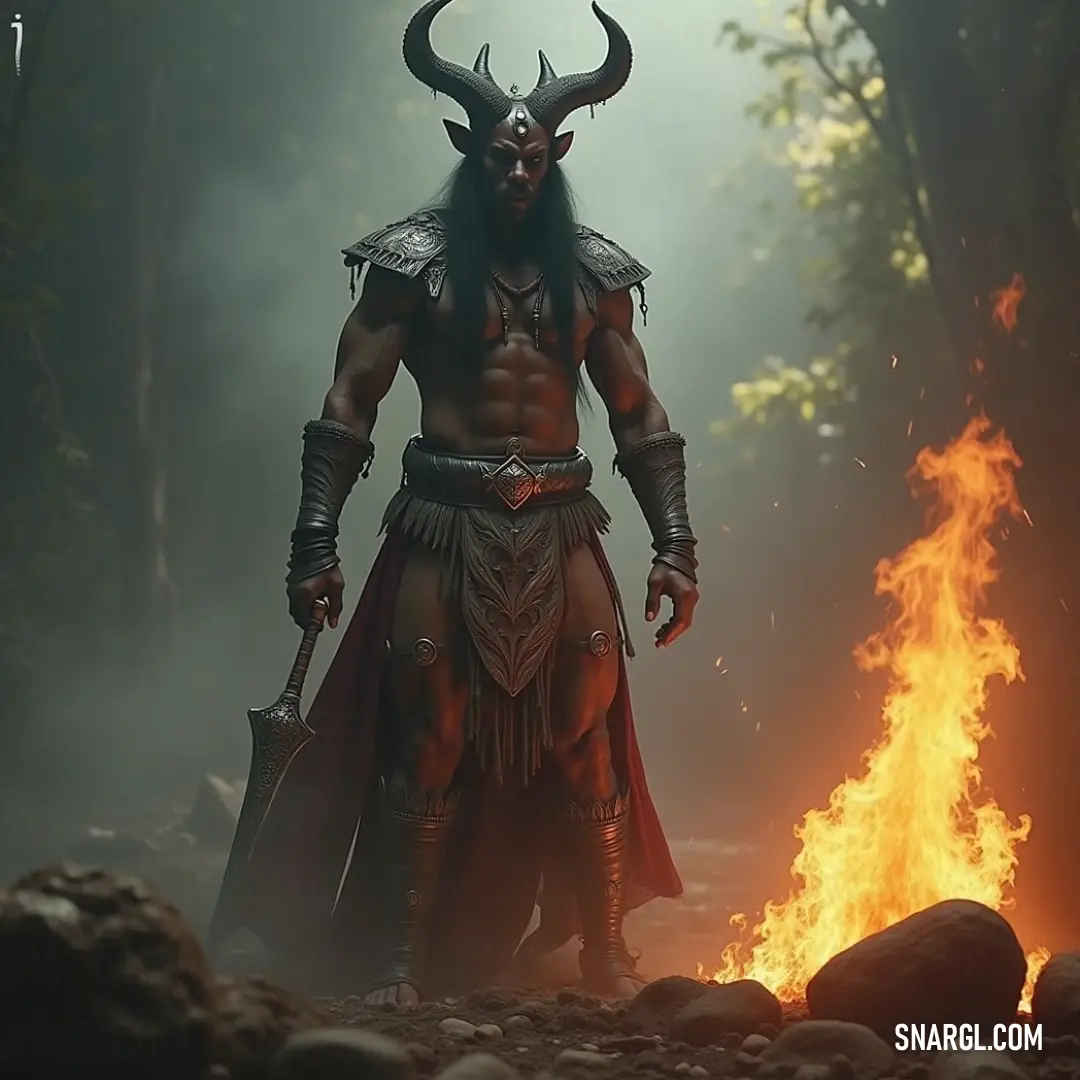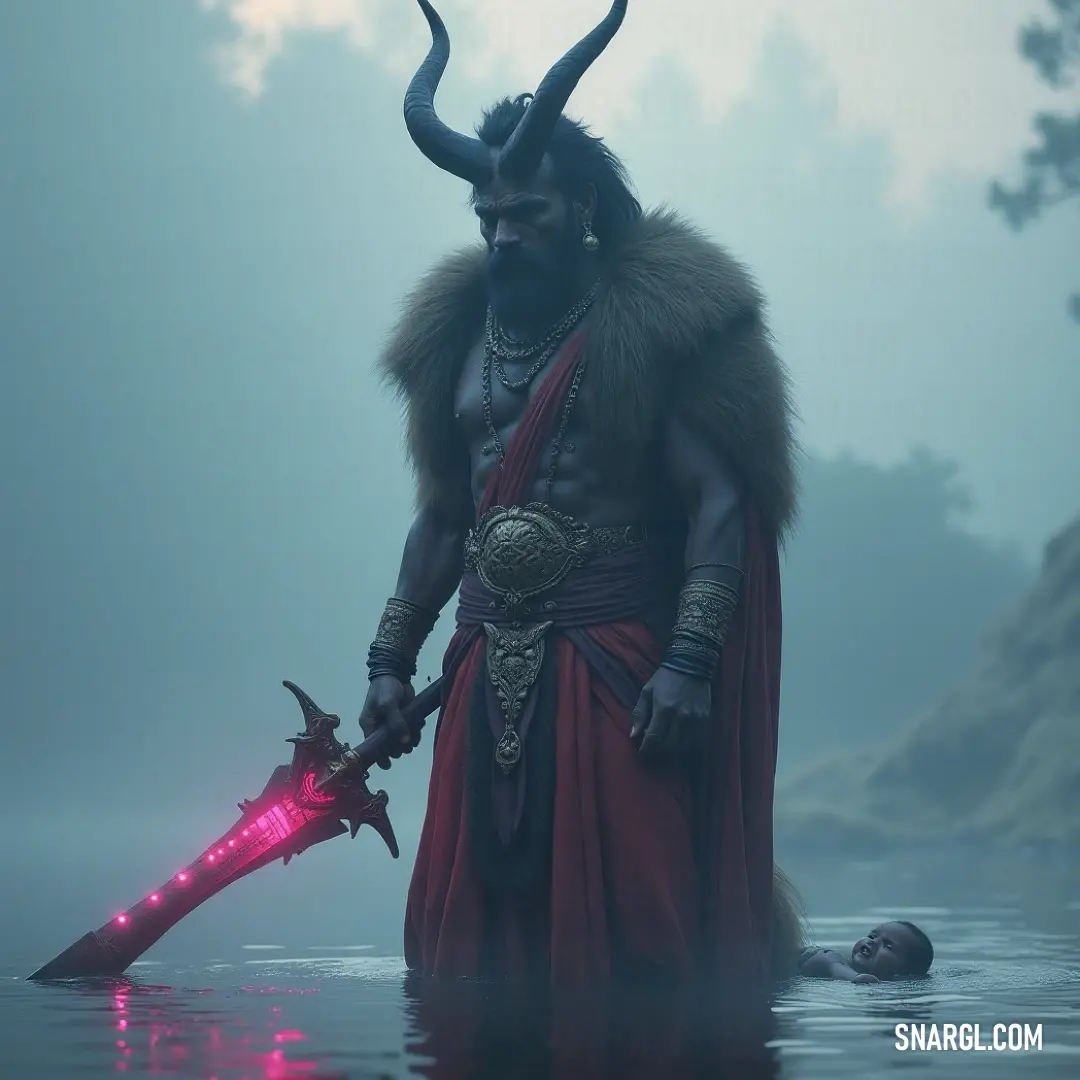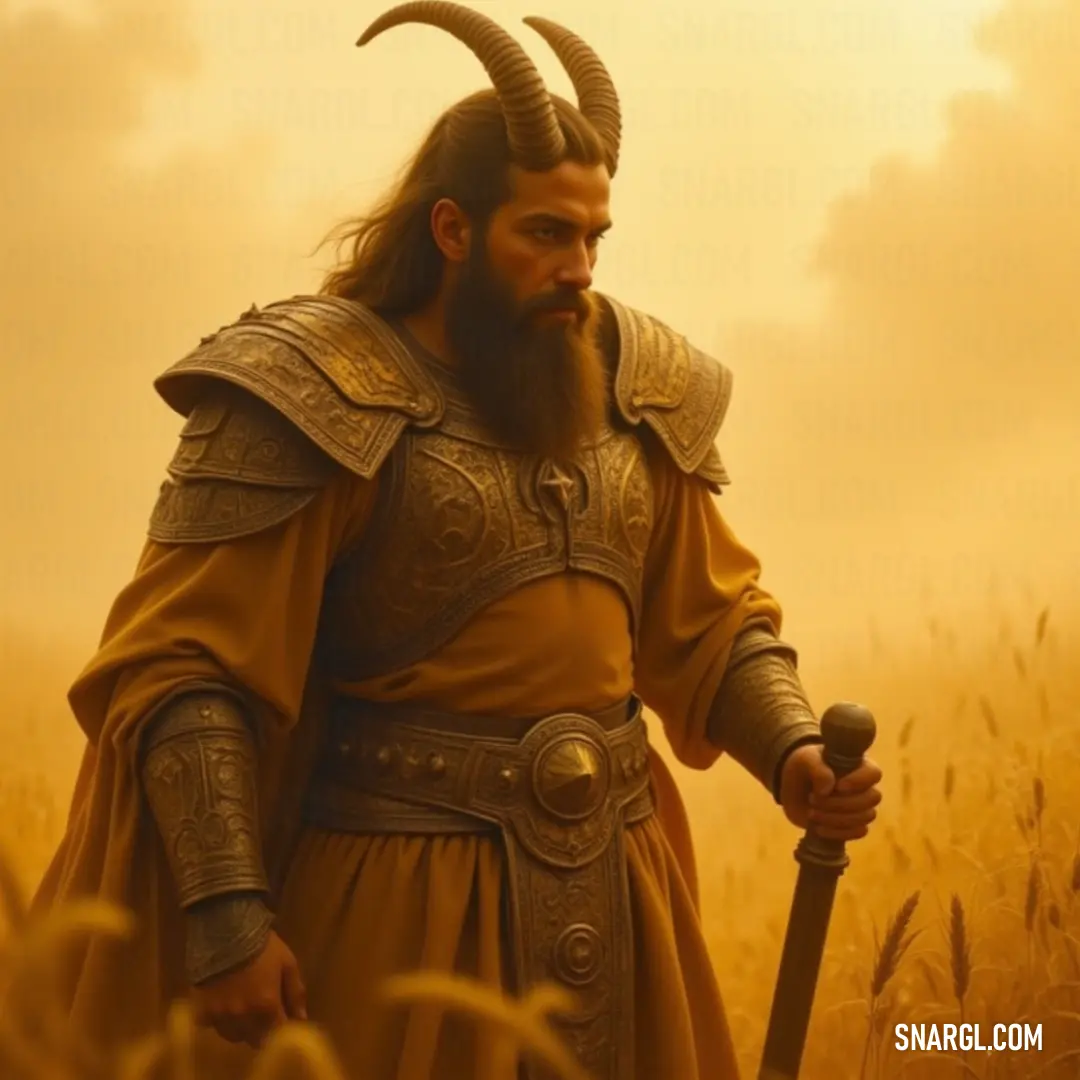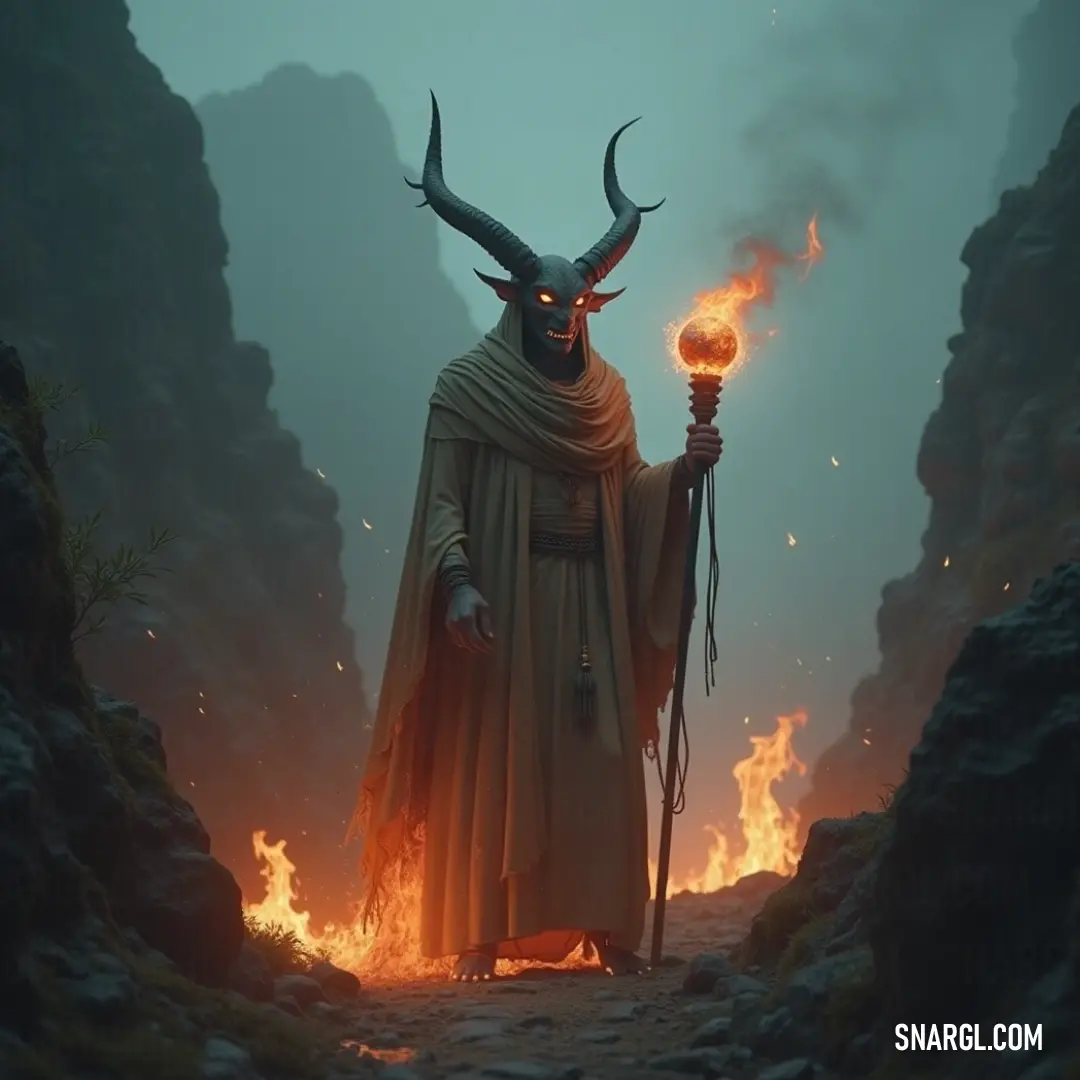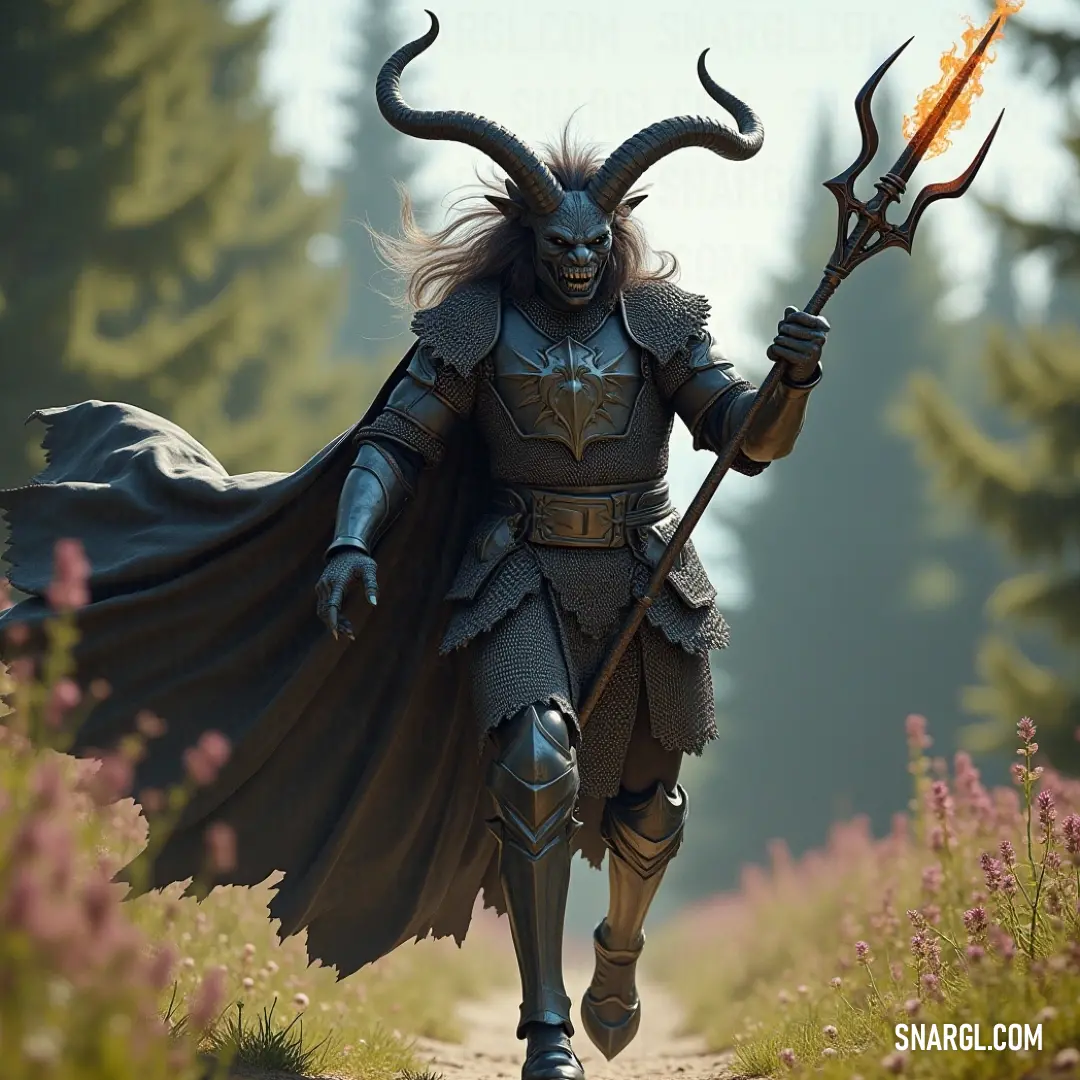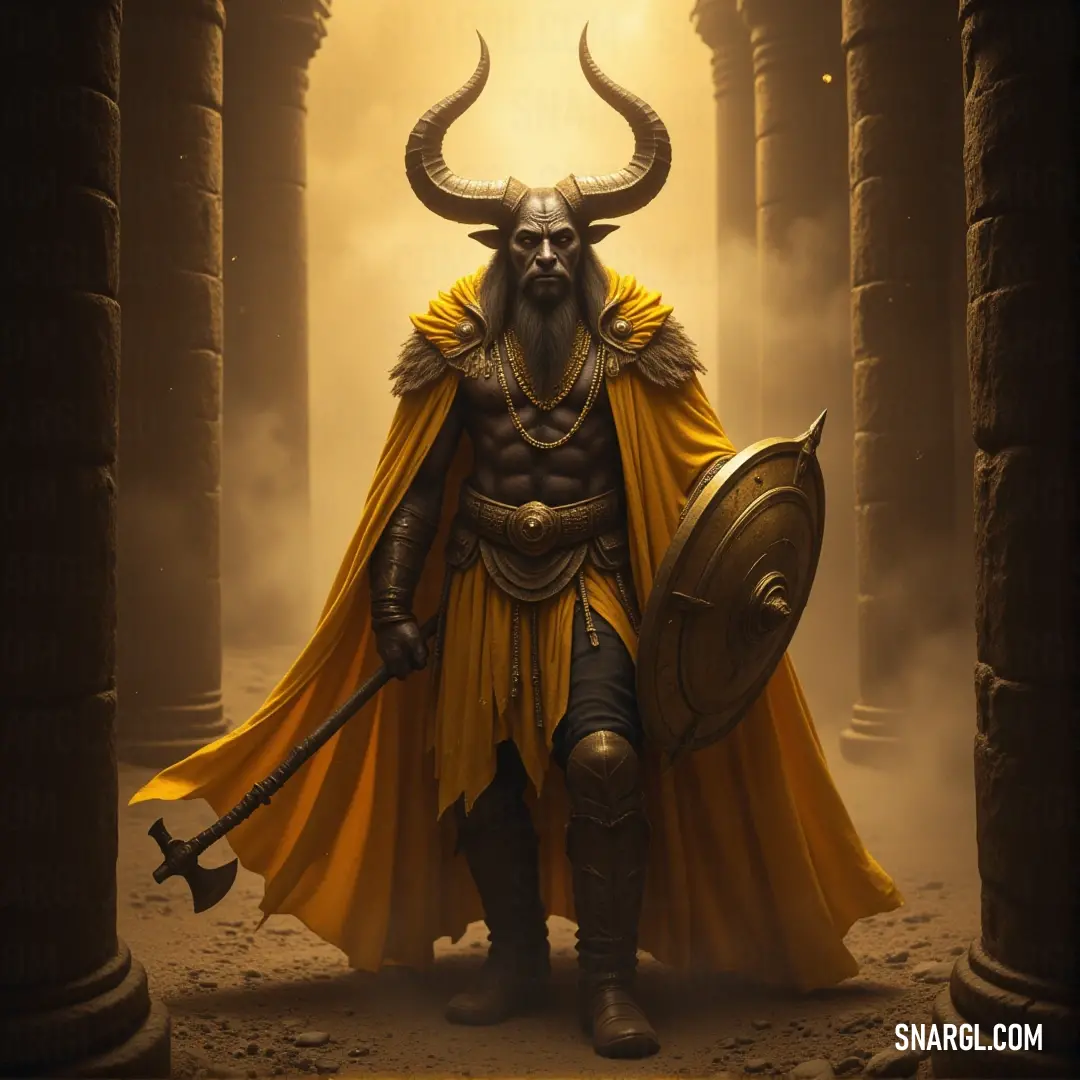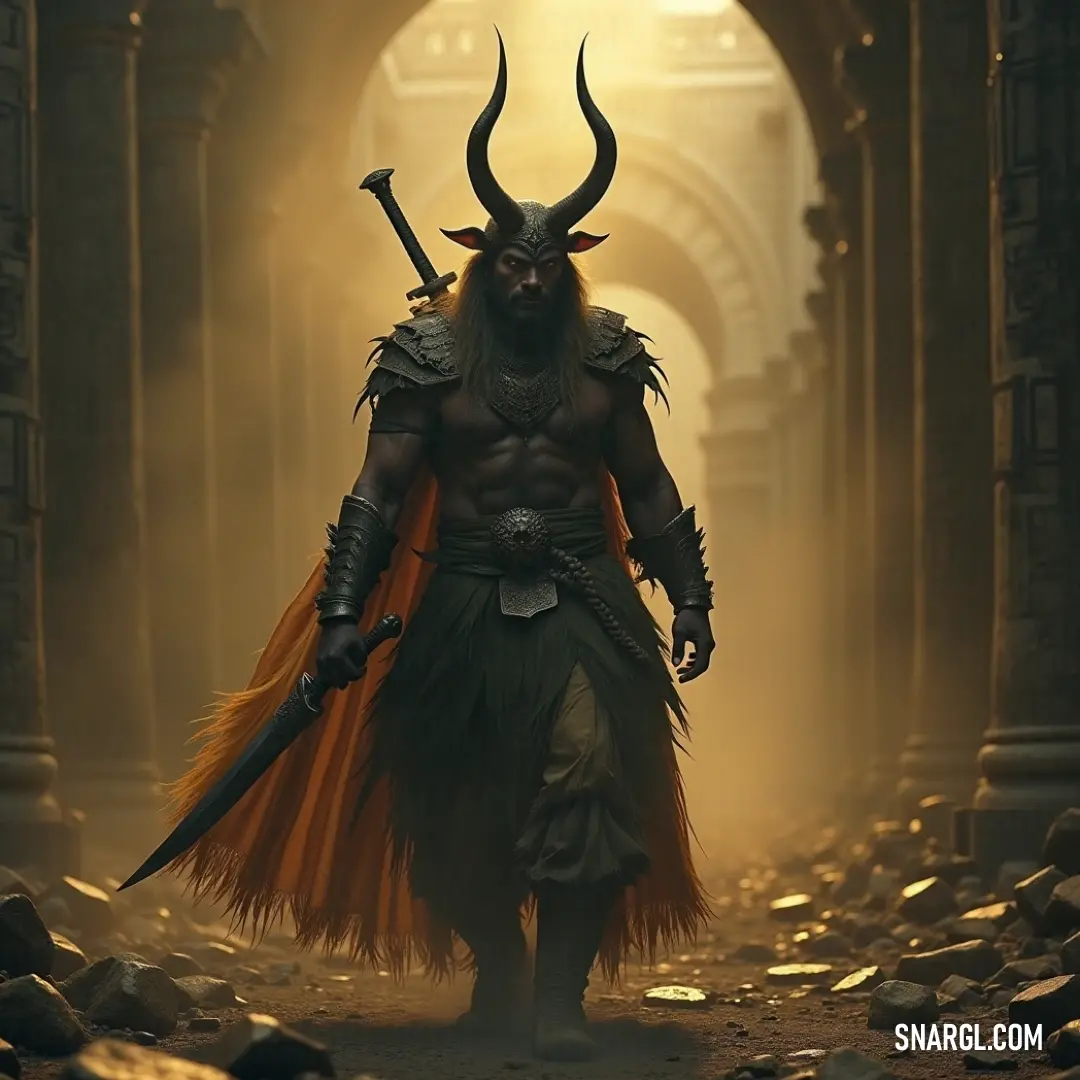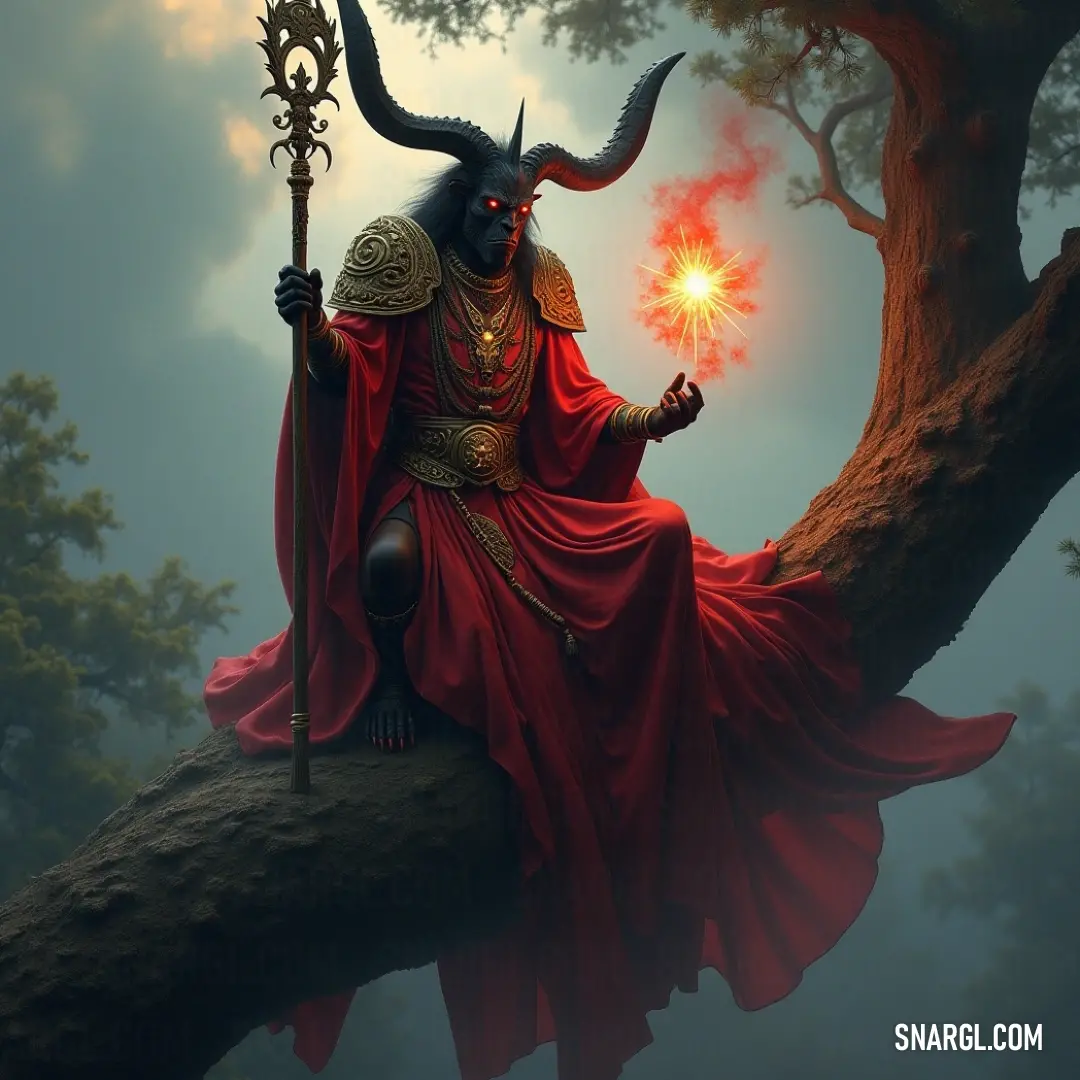
Baal
Who is a Baal? What does a Baal look like? How did people worship Baal? What is the symbol of Baal? What kind of animal is Baal? The Baal of the Lost Relic The Lament of Aetherius The Awakening of Baal: The Dynamic Discovery Read also:
Relatives of Baal
Who is a Baal?
He was often depicted as a bull or a man with horns, holding a thunderbolt.
He had a sister and consort named Anat, and a rival named Mot, the god of death and drought.
Baal's myths describe his battles with Mot, his palace building, and his role as the king of the gods.
Baal was also worshiped by other peoples, such as the Phoenicians, who called him Baal Shamen, meaning "lord of the heavens".
He was associated with the Greek god Zeus and the Mesopotamian god Hadad.
Baal was sometimes identified with other local deities, such as Melqart, the patron god of Tyre, or Dagon, the god of grain and fish.
He was also the name of a city in Lebanon, where a famous temple was dedicated to him.
Baal was opposed by the Israelites, who considered him a false god and a threat to their monotheistic faith.
The Hebrew Bible mentions several instances of conflict between the followers of Baal and the followers of Yahweh, the God of Israel.
For example, the prophet Elijah challenged the prophets of Baal to a contest on Mount Carmel, where he proved that Yahweh was the true God by sending fire from heaven.
The Israelites also destroyed many altars and images of Baal, and sometimes used his name as an insult, such as Beelzebub, meaning "Lord of the flies".
Baal is a complex and ancient figure, who was revered and feared by many cultures in the Near East.
He represented the power and fertility of nature, but also the danger and chaos of the storms.
He was a lord of many things, but also a subject of controversy and conflict.
Example of the color palette for the image of Baal
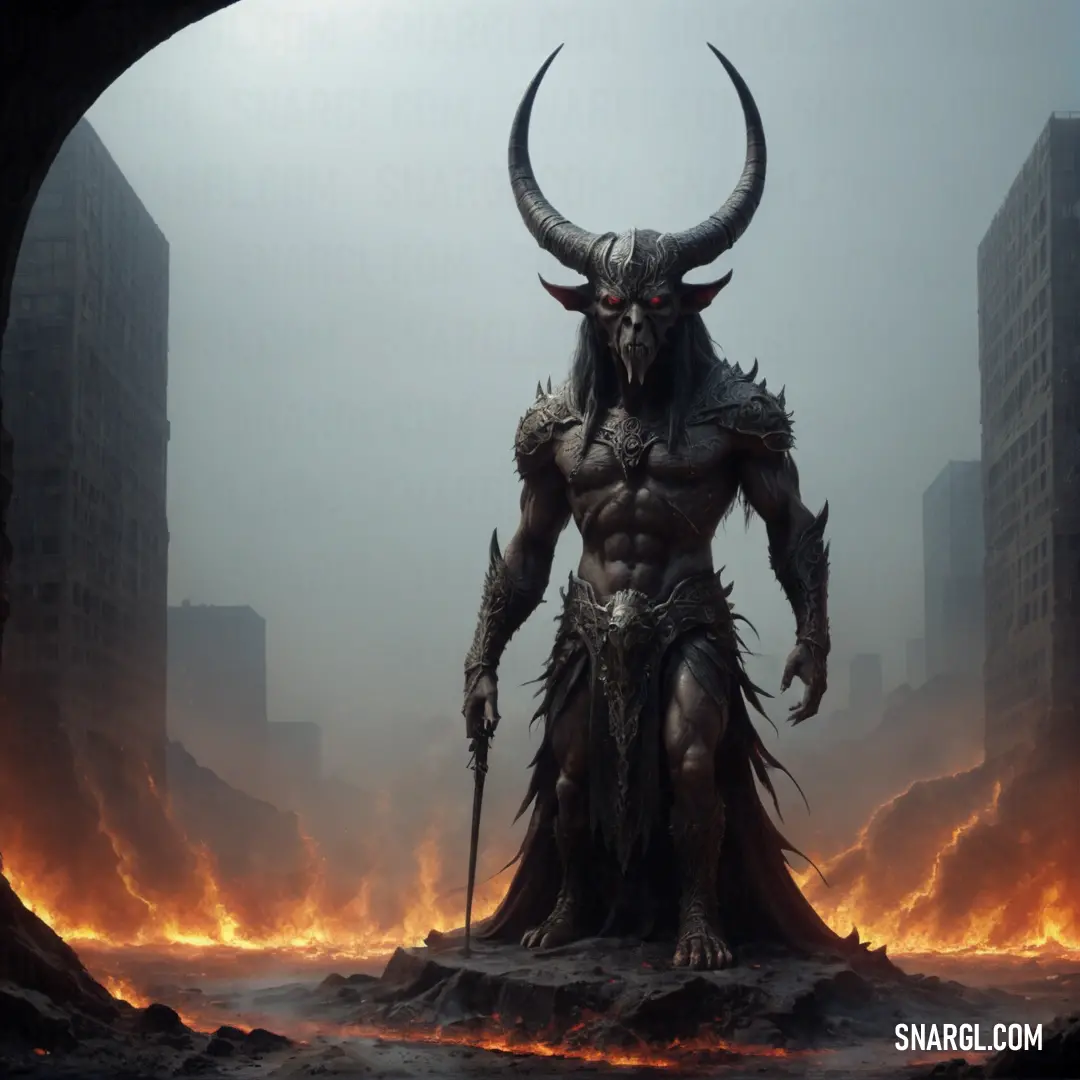
See these colors in NCS, PANTONE, RAL palettes...
Example of the color palette for the image of Baal
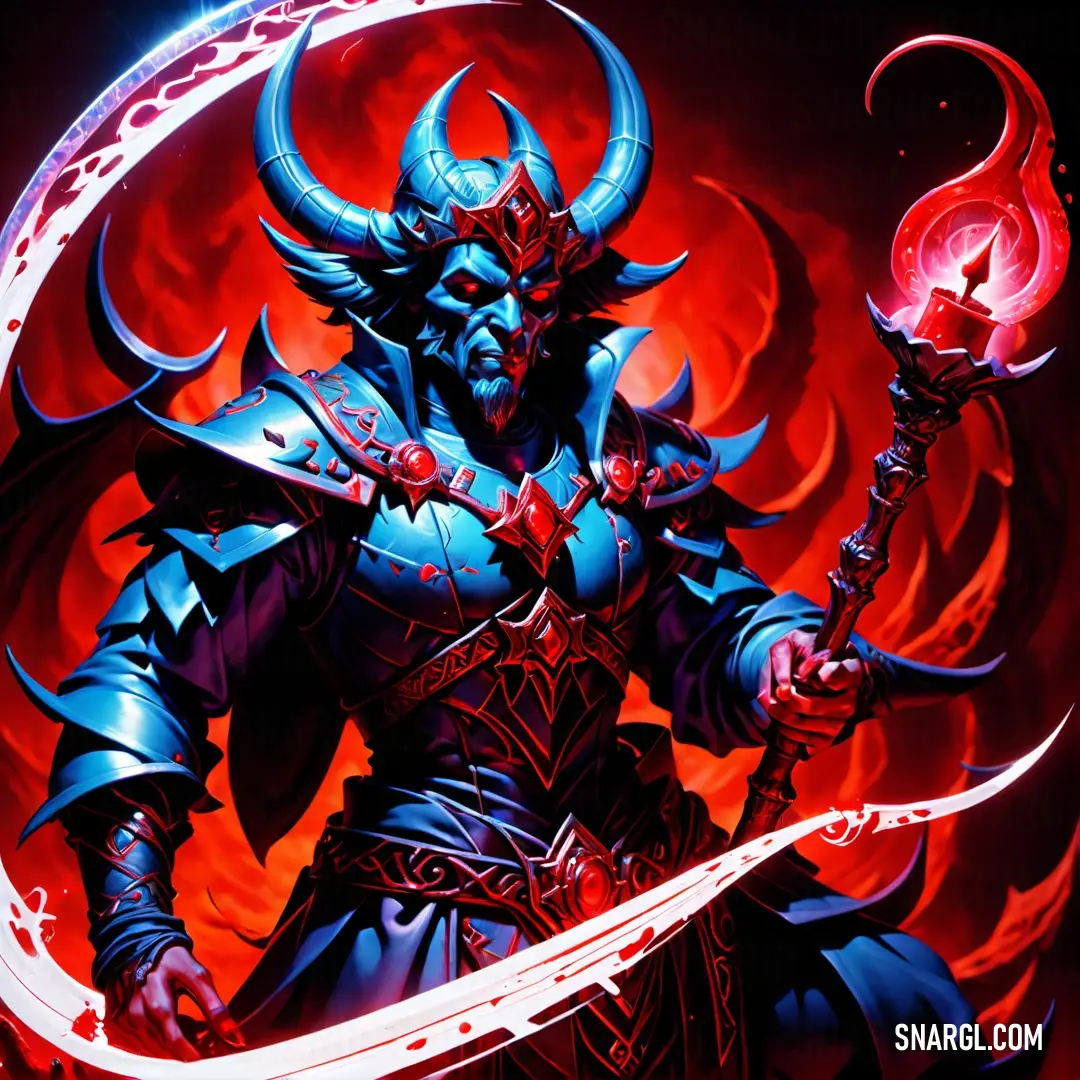
See these colors in NCS, PANTONE, RAL palettes...
What does a Baal look like?
The most famous Baal was the Canaanite-Phoenician god of fertility, weather, rain, wind, lightning, seasons, war, and sailors.
He was often associated with the storm and fertility god Hadad.
Baal was usually depicted as a man with a beard, wearing a horned helmet and holding a thunderbolt or a spear.
He sometimes rode a bull or a chariot pulled by bulls.
He also wore a cloak that represented the clouds and the rain.
Baal had a temple at Ugarit, where a bronze statue of him was found.
Example of the color palette for the image of Baal
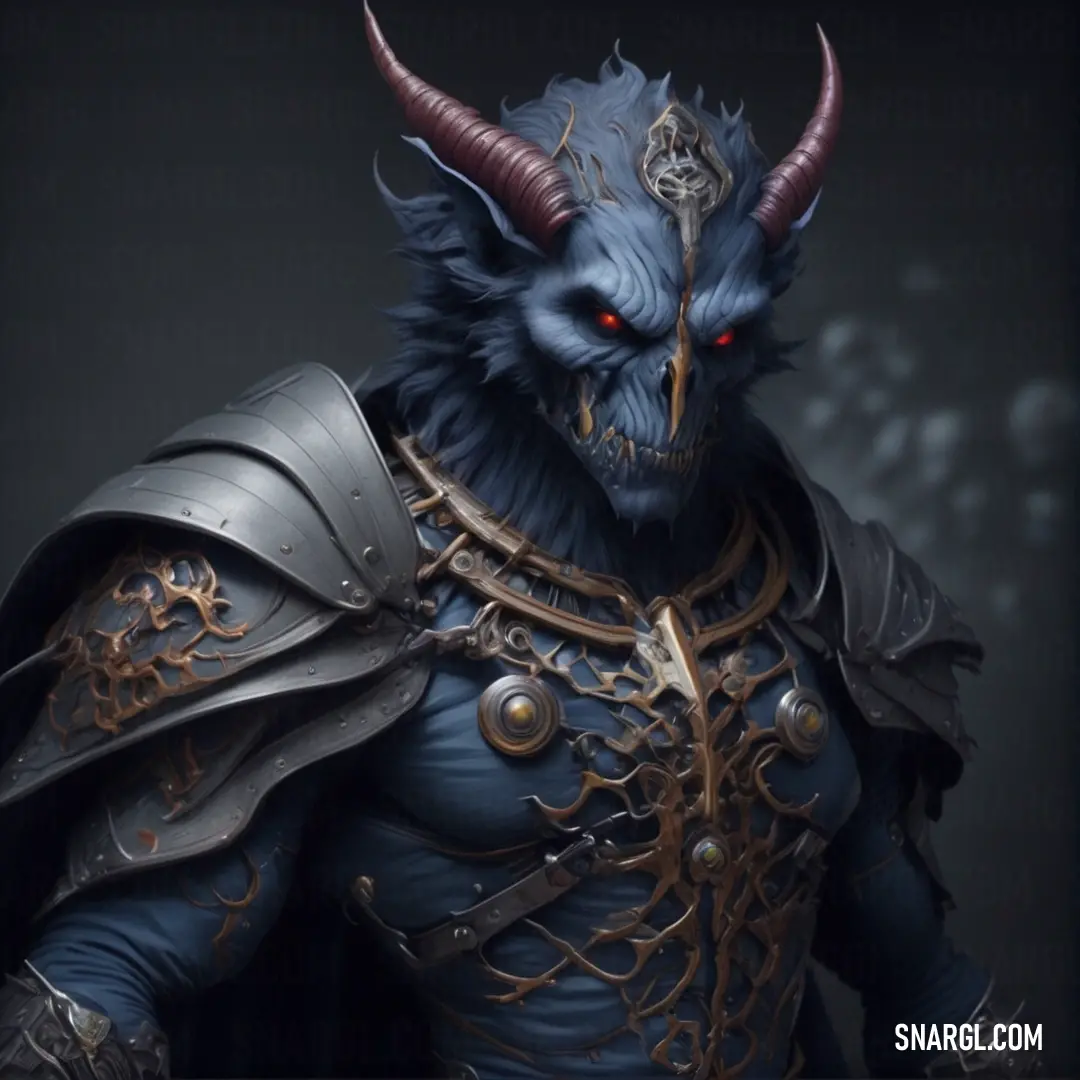
See these colors in NCS, PANTONE, RAL palettes...
What is the symbol of Baal?
He was considered a god of fertility, weather, rain, wind, lightning, seasons, war, and sailors.
The symbol of Baal varied according to the region and the culture that worshipped him.
However, some common symbols associated with him are:
Bull: The bull was a symbol of strength, virility, and fertility.
Baal was sometimes depicted as a bull or with bull horns on his head.
He was also said to have sired a divine bull calf from a heifer.Ram: The ram was another symbol of power, leadership, and sacrifice.
Baal was sometimes shown as a ram or with ram horns on his head.
He was also associated with the zodiac sign of Aries, the ram.Thunderbolt: The thunderbolt was a symbol of Baal's role as the storm god and the lord of the heavens.
He was called "He Who Rides on the Clouds" and "Lord of the Thunderbolt".
He wielded the thunderbolt as a weapon against his enemies, such as the sea god Yamm and the death god Mot.Cedar tree: The cedar tree was a symbol of Baal's sovereignty and majesty.
He was also called "Lord of the Forest" and "Lord of the Cedars".
He dwelled in a palace made of cedar wood on Mount Zaphon, the sacred mountain of the Canaanites.
Baal was a complex and multifaceted god who had many aspects and epithets.
He was one of the most important and influential gods in the ancient Near East.
The Baal of the Lost Relic
One sultry evening, a mysterious figure cloaked in twilight arrived at Eshmun's grand, ivy-clad temple. This figure, known only as The Seeker, brought with him an ornate box etched with cryptic symbols. Inside lay a fragment of an ancient map, reputed to guide its possessor to a relic of unparalleled power: the "Aetherian Sphere." Legend held that the Sphere could manipulate the threads of time itself, a temptation irresistible to those who understood its true potential.
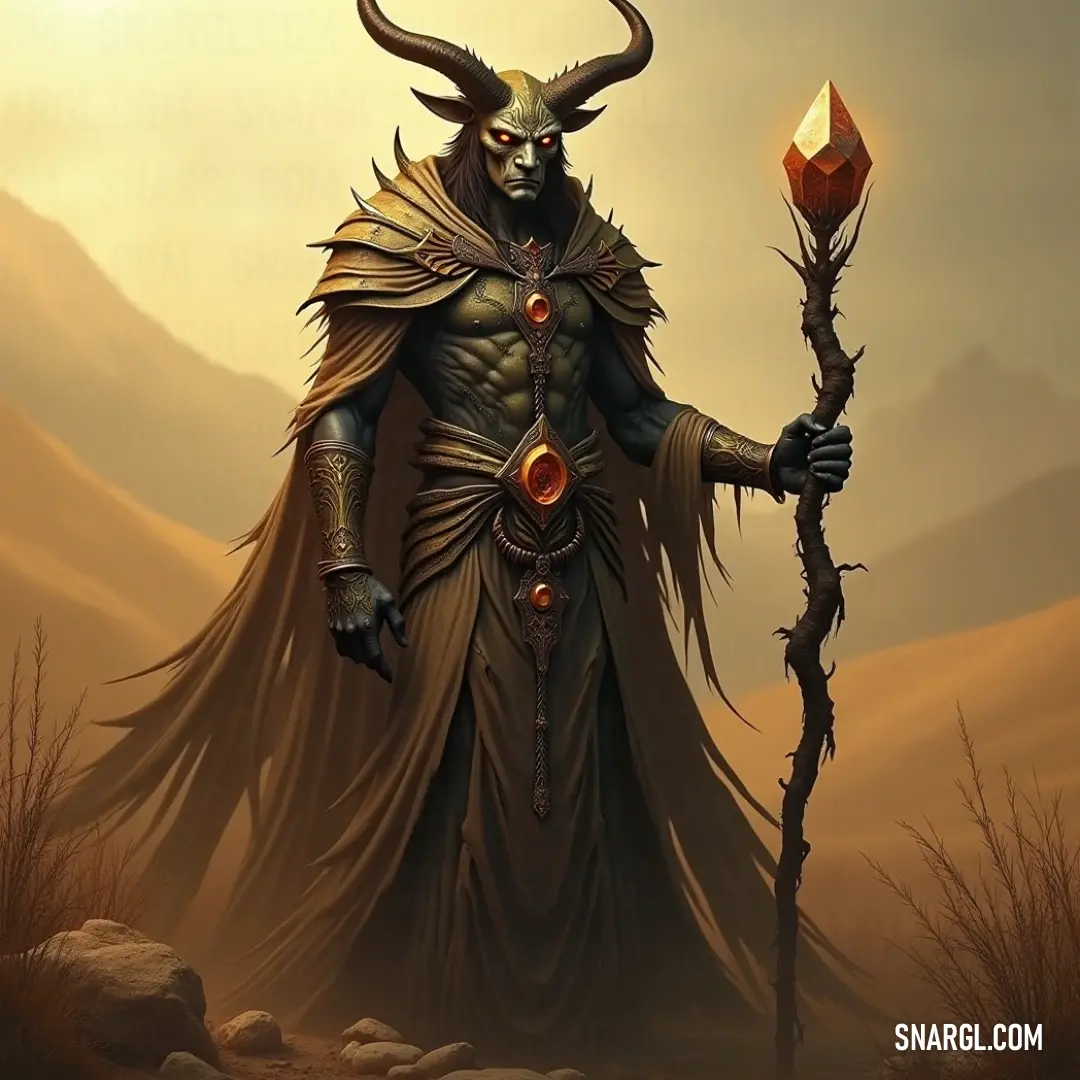
The Seeker, with eyes as sharp as a hawk's, made a solemn request. "Baal Eshmun," he said, "I need your wisdom and your power. This map is but a piece of the whole; only you can decipher its full extent and aid in locating the Sphere."
Eshmun, intrigued and ever cautious, agreed to help. He summoned his most trusted allies: Seraphine, the Enchantress of the Moon, and Kadesh, the Shadow Warden. Together, they embarked on a journey through the labyrinthine underworld of Carthage, deciphering the map's cryptic clues and avoiding treacherous traps set by those who had sought the Sphere before.
Their quest led them to an ancient library buried beneath the sands of time, where they uncovered scrolls detailing the Sphere's origins. It was said that the Aetherian Sphere had once been crafted by a forgotten civilization, its power locked away for fear of its misuse. The Sphere was hidden in a realm known as the Veil of Eternity, accessible only through a series of trials that tested the purity of one's intentions.
As Eshmun and his companions ventured deeper into the Veil, they encountered the first trial: The Labyrinth of Reflections. This maze distorted reality, making it nearly impossible to discern friend from foe. Eshmun's expertise in unraveling illusions proved crucial. With Seraphine's enchantments illuminating the true path and Kadesh's vigilance warding off deceptive spirits, they navigated the labyrinth's shifting corridors.
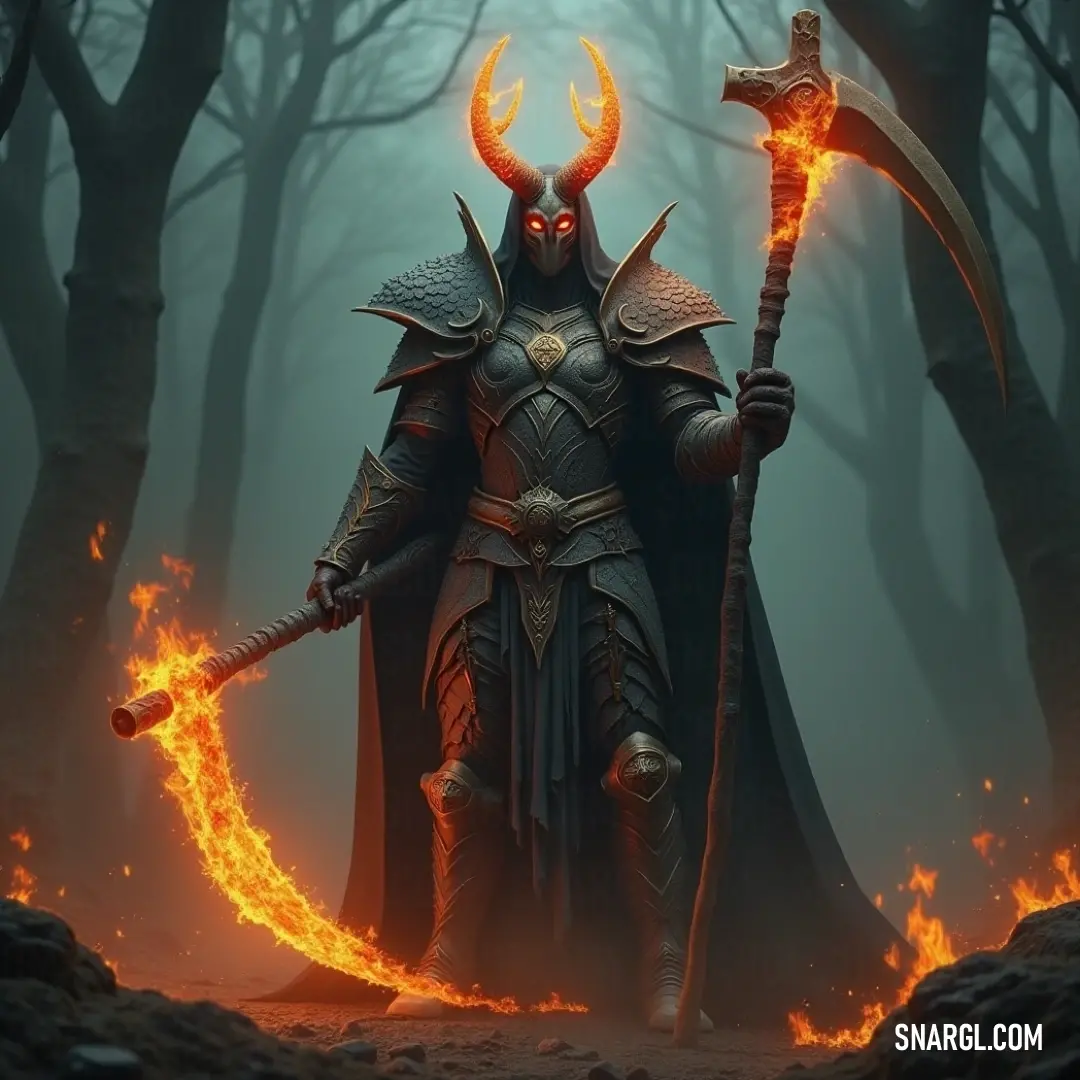
The second trial was the Pool of Echoes, where the candidates faced their deepest fears and regrets. Eshmun, confronted with visions of his own past failures and missed opportunities, nearly succumbed to despair. Yet, the support of his companions and his unwavering commitment to his quest allowed him to transcend these fears.
Finally, they reached the heart of the Veil: the Sanctum of Time, where the Aetherian Sphere awaited. The Sphere, a radiant orb of swirling cosmic energy, was guarded by an ancient sentinel who demanded proof of their worthiness. Eshmun, Seraphine, and Kadesh presented their trials' outcomes and the purity of their intentions.
Moved by their perseverance and the wisdom they had gained, the sentinel granted them access. As Eshmun reached out to grasp the Sphere, a profound transformation occurred. The Sphere's energy flowed through him, and for a fleeting moment, he glimpsed the interconnectedness of all things - past, present, and future.
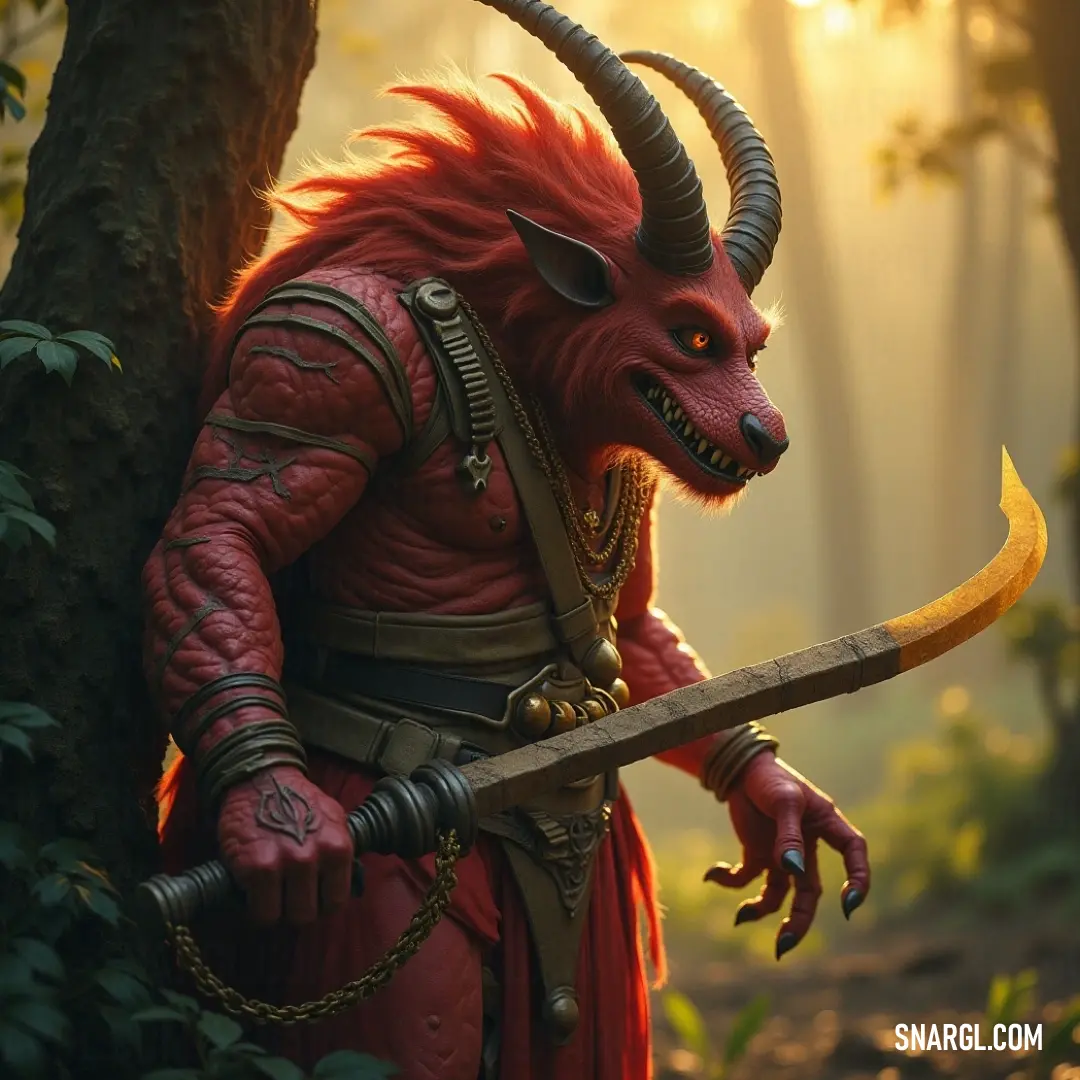
With the Aetherian Sphere now in their possession, Eshmun made a pivotal decision. Understanding the immense power it held and the potential for chaos if misused, he and his companions decided to hide the Sphere once more, this time in a place only they could access. The secrets of its location were encoded within the very essence of the temple, ensuring that only those with a pure heart and noble intentions could ever retrieve it again.
Returning to Carthage, Eshmun, Seraphine, and Kadesh resumed their lives, their bond strengthened by their shared journey. The Aetherian Sphere remained a myth to all but a select few, its power dormant yet ever potent, safeguarded by those who knew its true nature.
And so, the tale of the Baal Eshmun and the lost relic became a legend whispered through the ages - a story of wisdom, courage, and the profound responsibility that comes with wielding such immense power.
The Lament of Aetherius
The Weaver's most prized creation was a radiant orb called the Heart of Aetherius, from which all life and magic flowed. This orb was a repository of pure potential, holding within it the essence of every conceivable being - be they mortal or divine. Its light was so intense that it could ignite the darkest corners of the universe, and its warmth could cradle the coldest voids. However, such brilliance is not without its shadows.
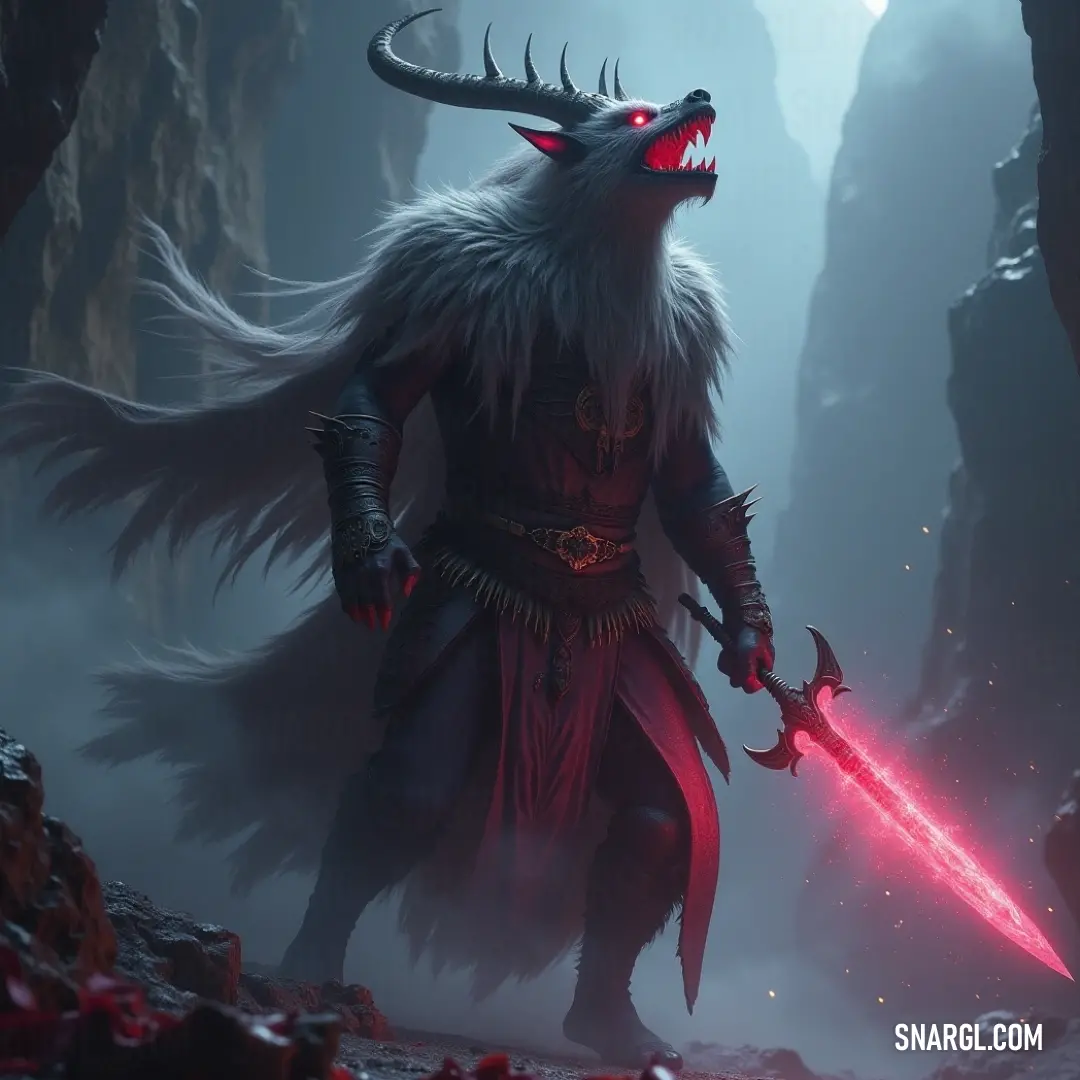
One fateful epoch, the Weaver grew curious about the nature of existence beyond Aetherius. The Heart of Aetherius, despite its brilliance, cast a reflection of the Weaver's own solitude. So, the Weaver conceived a grand experiment: to create beings who would embody the primal forces of the universe, beings who could understand and explore the mysteries of existence as the Weaver never could.
From the Heart of Aetherius, the Weaver spun the first threads of these entities. Each thread was imbued with a different facet of cosmic energy - earth, fire, water, air, and the elusive quintessence of spirit. As the Weaver wove, forms emerged from the threads: creatures of immense power and grace, each embodying the forces from which they were born. They were called the Primordials.
However, as the Primordials took shape, a subtle change began to manifest. They became increasingly self-aware, and with this awareness came desires and ambitions. The harmony that once defined Aetherius started to wane as the Primordials began to seek dominion over their own creations. They were drawn to the Heart of Aetherius, each desiring to harness its power for their own ends.
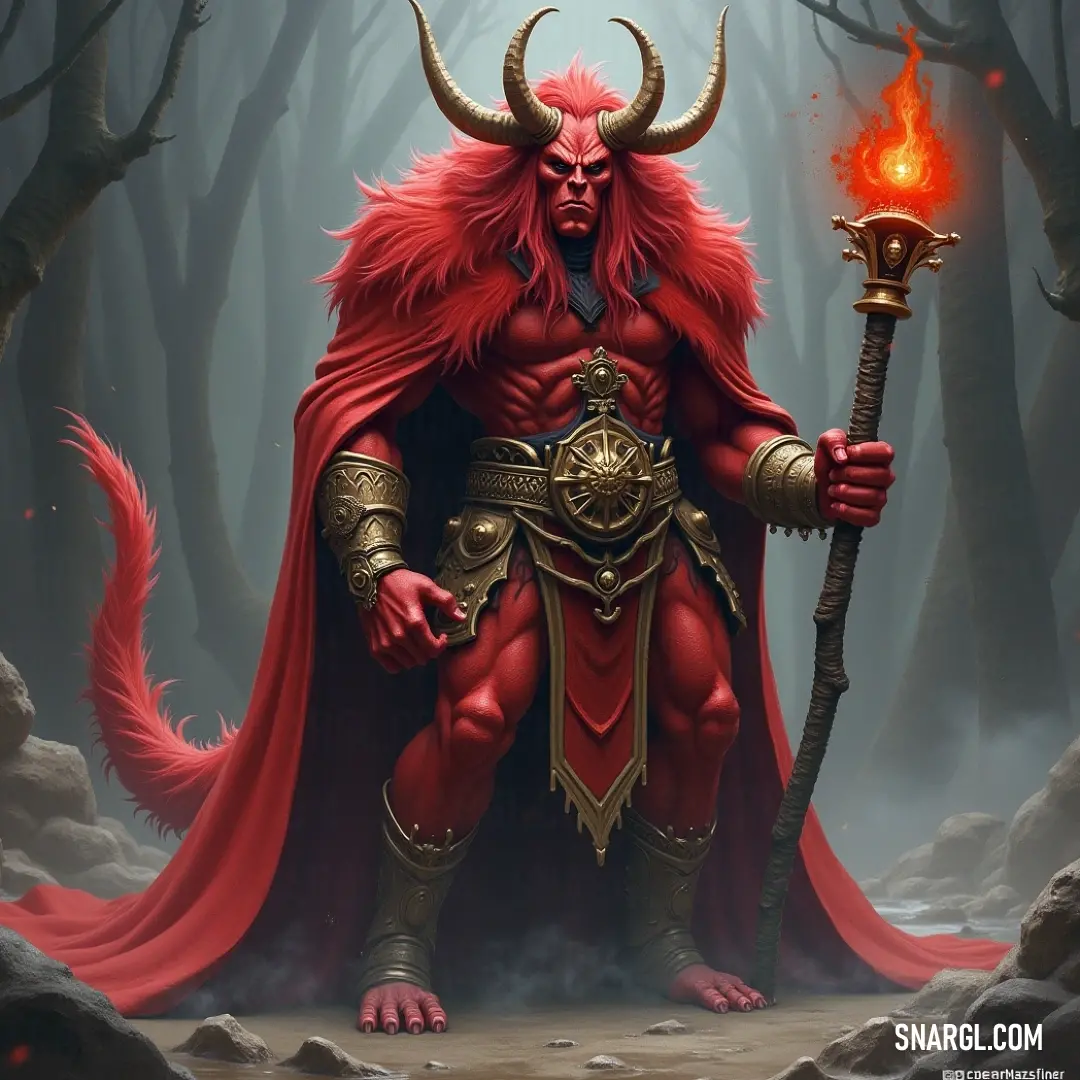
Among the Primordials, there emerged one named Baal, a figure of immense charisma and formidable strength. Baal, embodying the essence of fire and destruction, sought to reshape the universe in his image. His ambition became a firestorm that threatened the balance of creation. The Celestial Weaver, alarmed by this surge of discord, realized that the experiment had reached a critical juncture.
To prevent catastrophe, the Weaver enacted a great decree: the Heart of Aetherius would be concealed within a vault of divine essence, and the Primordials would be cast into the far reaches of the cosmos, their power diminished but their consciousness intact. They would be known as the Forgotten Ones, living amongst the realms they had created but separated from the central source of their power.
Baal, however, was not easily deterred. He roamed the edges of existence, rallying other beings and manipulating the realms to his will. His essence seeped into the world, creating new creatures imbued with a fragment of his fiery spirit. These beings became the dragons, demons, and other formidable entities of legend - each carrying a trace of Baal's formidable nature.
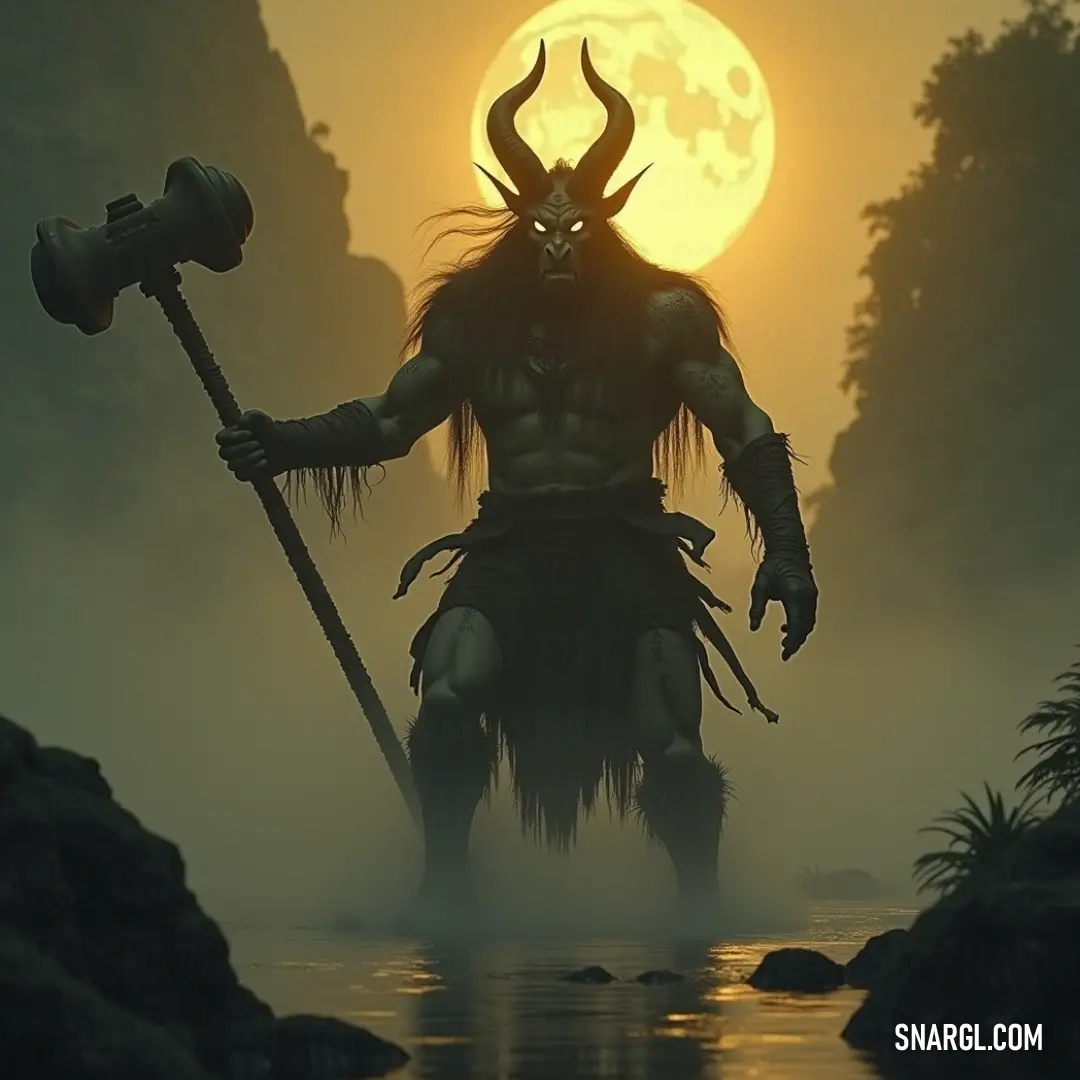
The Weaver's decree had saved the universe from imminent chaos but had also given rise to legends of fearsome beings whose origins were woven from both divine intent and untamed ambition. The Primordials were scattered, their once-mighty forms now manifesting as myth and nightmare across the worlds they had touched.
As eons passed, the story of Aetherius became a parable whispered among the stars and told in legends: that the greatest creations could also become the greatest threats, and that even the purest intentions might give rise to shadows. The Celestial Weaver watched over the universe, forever vigilant, knowing that the balance between creation and destruction was delicate and ever-changing.
Thus, in the heart of every being, from the grandest deity to the humblest creature, lay a trace of Aetherius' ancient power - a reminder of the delicate balance between light and shadow, ambition and harmony. And in every story told of beings like Baal, there echoed the lament of Aetherius, a reminder of what was lost and the eternal quest for balance that shapes the cosmos.
The Awakening of Baal: The Dynamic Discovery
Baal had always been different. Unlike the older gods, who were content to bask in the glory of their timeless existence, Baal was restless. He craved knowledge, adventure, and power. Yet, the full extent of his abilities remained dormant, waiting for the moment when the cosmos itself would ignite them.
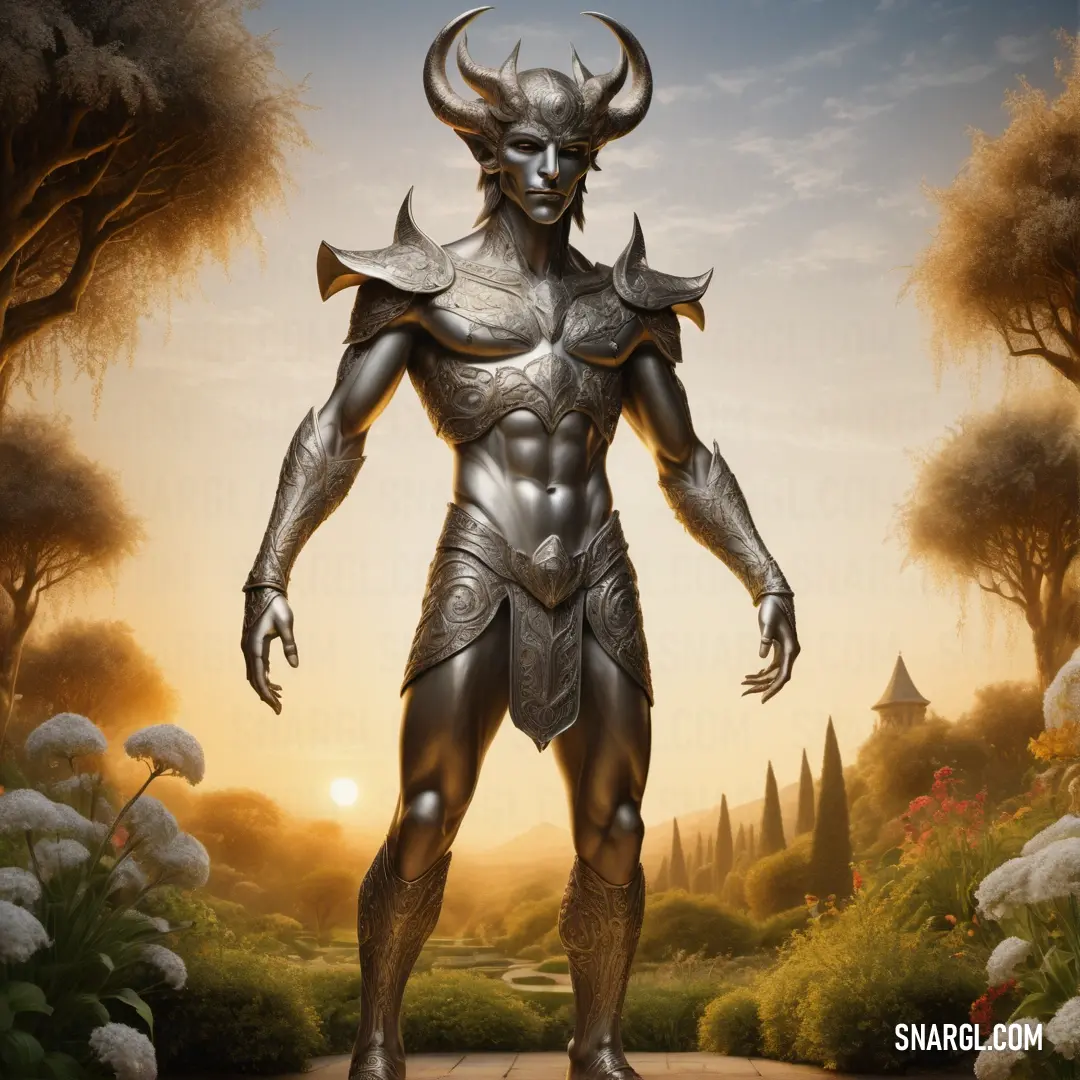
One evening, as the sun bled crimson over the horizon, casting eerie shadows across the land, Baal found himself drawn to the edges of his father's kingdom. The wind whispered ancient secrets as if the earth was waiting for him. He could feel something pulling at him from beyond the horizon, a presence that both beckoned and warned.
Baal ventured into the unknown wilderness, guided only by the strange pull in his chest. Days passed, the land growing more desolate with each step, until he reached the Forbidden Valley, a place shrouded in thick fog and silence. Legends spoke of it as a land that held the remnants of powers too great even for the gods to control - a place where worlds collided and forgotten forces were buried.
In the heart of the valley lay an ancient temple, crumbling with the weight of forgotten centuries. Massive stones, covered in intricate carvings, depicted battles long forgotten and gods who had disappeared from memory. A giant obelisk, cracked but standing tall, towered in the center. It was here that Baal knew his journey had led him.
The air around the obelisk pulsed with energy. It felt alive, as though something ancient slept within it, waiting for its time to awaken. Baal approached cautiously, his heart racing. He raised his hand to touch the cold stone, and the moment his fingers brushed its surface, the world around him shifted.
The ground trembled, and the sky above darkened unnaturally. Lightning began to dance across the heavens, and a voice echoed from deep within the obelisk, ancient and powerful: "Who dares to awaken the forces long hidden? Speak your name, if you seek to claim what lies beneath."
"Baal," he replied, his voice steady despite the turmoil around him. "I am Baal, son of El, and I seek to know the power that sleeps within this stone."
The voice laughed, a sound that sent shivers through Baal's spine. "Young Baal, you are bold. But the power here is not merely to be claimed - it must be earned. There is a force within you, locked away, but before you can wield it, you must understand the secret of the dynamic discovery."
As the voice faded, the temple began to shift. The walls, once solid, twisted and reshaped, becoming a labyrinth of moving stone. It was as if the temple itself was alive, reacting to Baal's presence. He was no longer in the world he knew, but somewhere beyond it, in a realm between realms.
He moved through the maze, each step growing heavier as if the very air was thickening around him. Strange visions flickered at the edges of his sight - battles, ancient gods, and a figure standing at the end of all things, draped in darkness. Yet, every time Baal focused on the figure, it disappeared.
Finally, after what felt like an eternity, Baal reached the center of the maze. A massive chamber opened before him, and in its center stood a single figure, cloaked in shadow. This figure radiated power, more than anything Baal had ever felt. The shadows writhed around it, bending the very fabric of reality.
"Who are you?" Baal demanded, his voice reverberating through the chamber.
The figure stepped forward, revealing glowing eyes that burned with the intensity of a thousand suns. "I am the Keeper of the Discovery. To unlock the power you seek, you must face the truth of your own nature. Power is not given freely - it is earned through sacrifice and understanding. Will you confront what lies within?"
Baal felt the weight of the question pressing down on him. He had always believed that power was his by right, that as the son of El, he was destined for greatness. But something deeper inside him stirred - an uncertainty, a fear that perhaps he was not ready for the responsibility that came with such power.
The Keeper raised its hand, and suddenly, Baal was overwhelmed with visions of the future. He saw himself as a mighty storm god, wielding thunder and lightning, worshiped by mortals and feared by gods. But he also saw destruction, the very power he craved tearing the world apart. In one vision, he stood triumphant, a god among gods. In another, he was alone, surrounded by the ruins of a world he had destroyed.
"The power you seek is yours, but it comes with a cost," the Keeper whispered. "The dynamic discovery is not just about unlocking power - it is about understanding the balance between creation and destruction. The storm is both life and death. Can you embrace both?"
Baal's heart raced as the weight of the choice settled on him. He knew that if he accepted this power, there would be no turning back. He would become something greater than he had ever imagined, but he would also carry the burden of that power - the knowledge that he could destroy everything he held dear.
After what felt like an eternity, Baal stepped forward, his eyes locked with the Keeper's. "I am ready," he said, his voice steady and filled with conviction.
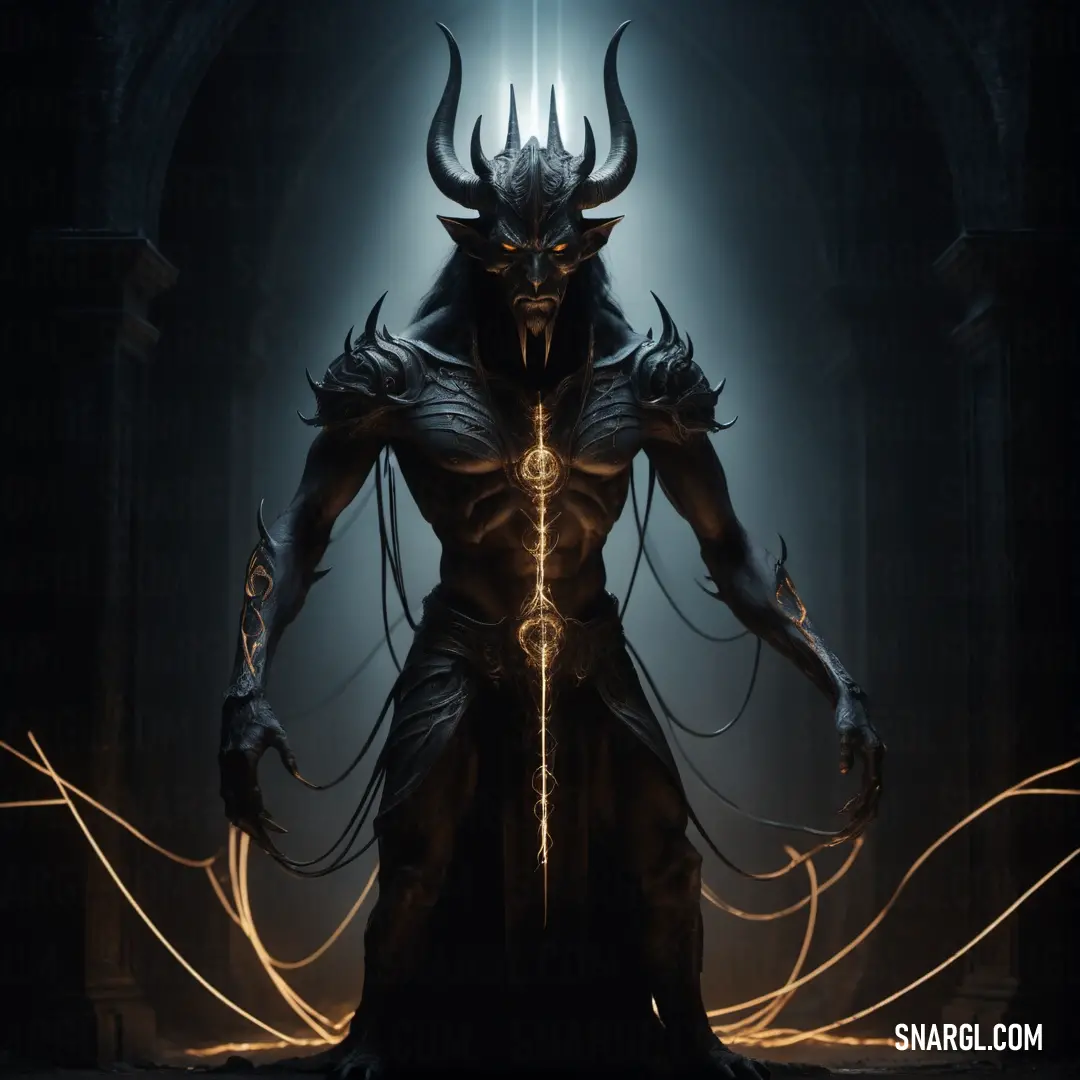
The Keeper smiled, a dark and knowing smile. "Then the discovery is yours."
With a wave of the Keeper's hand, the world around Baal exploded in a storm of energy. Lightning crackled across his body, and he felt the full force of the storm surge within him. The power of the obelisk - the power of the storm - was now his. But as the storm raged around him, Baal realized the truth: the dynamic discovery was not just about unlocking power. It was about controlling it, understanding that the storm within him was as much a force of destruction as it was of creation.
As the storm settled and the temple returned to its former state, Baal stood alone in the silence. He was no longer the restless young god who had wandered into the Forbidden Valley. He was Baal, the Stormbringer, the god who had embraced both the power of creation and destruction. And with that knowledge, he knew his journey had only just begun.

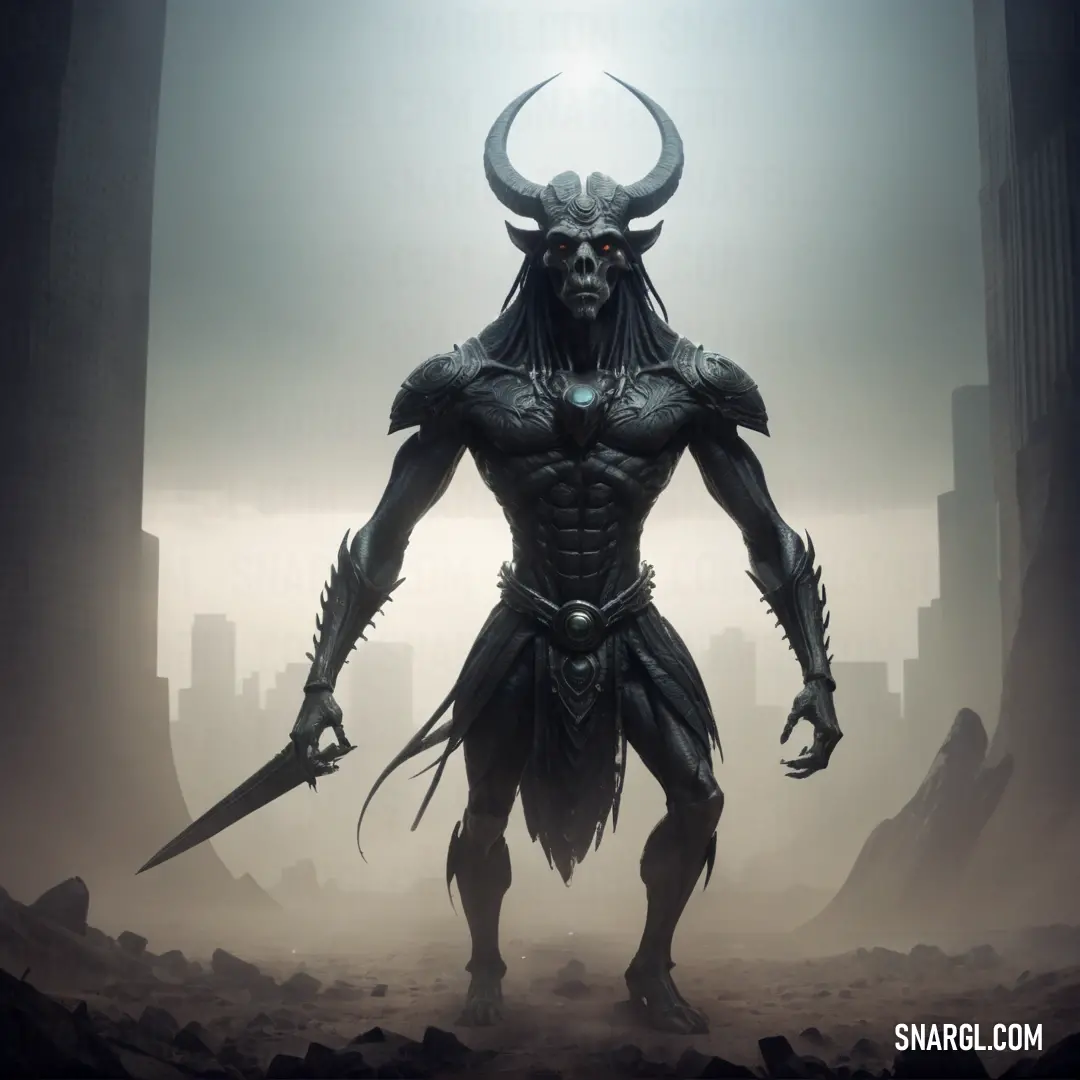
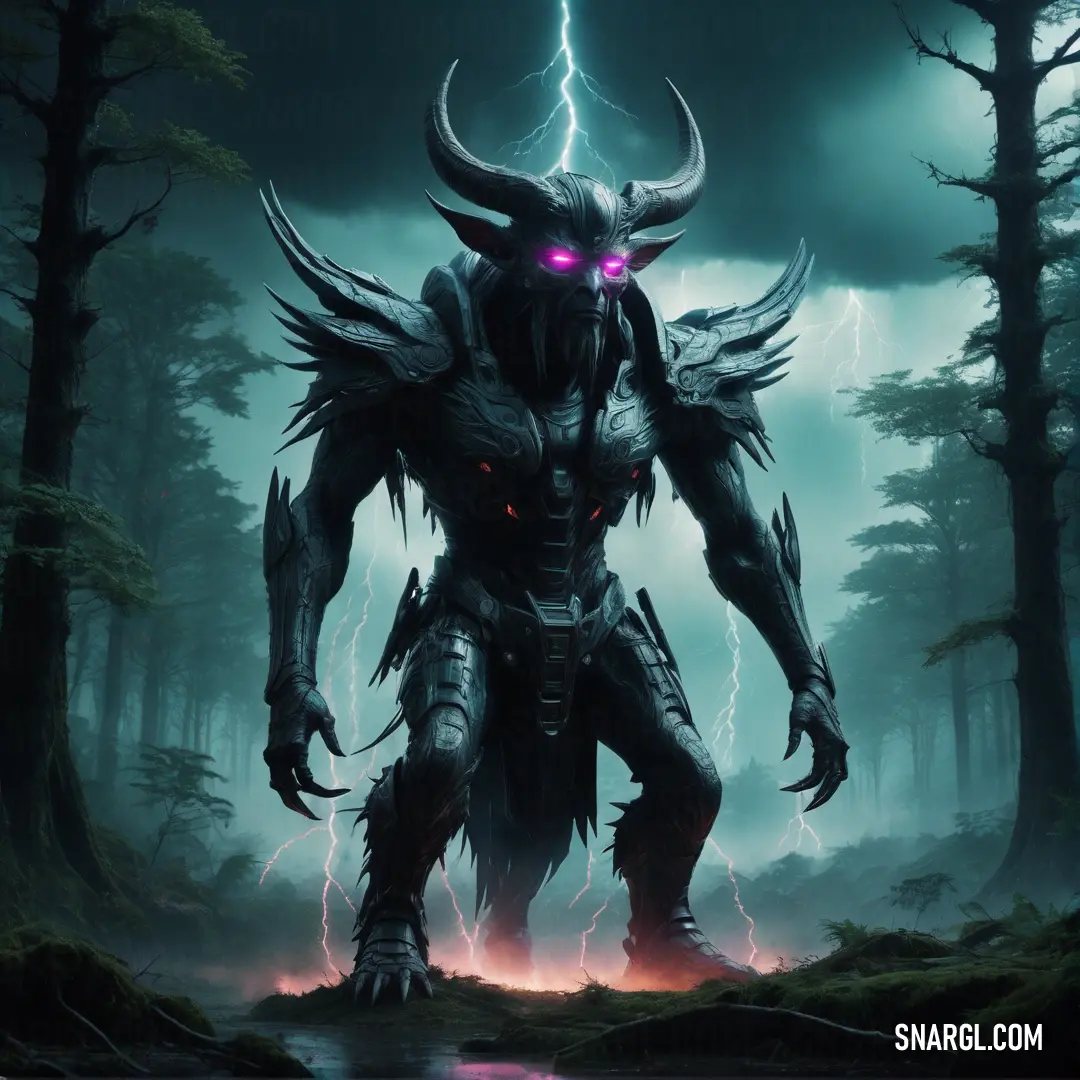
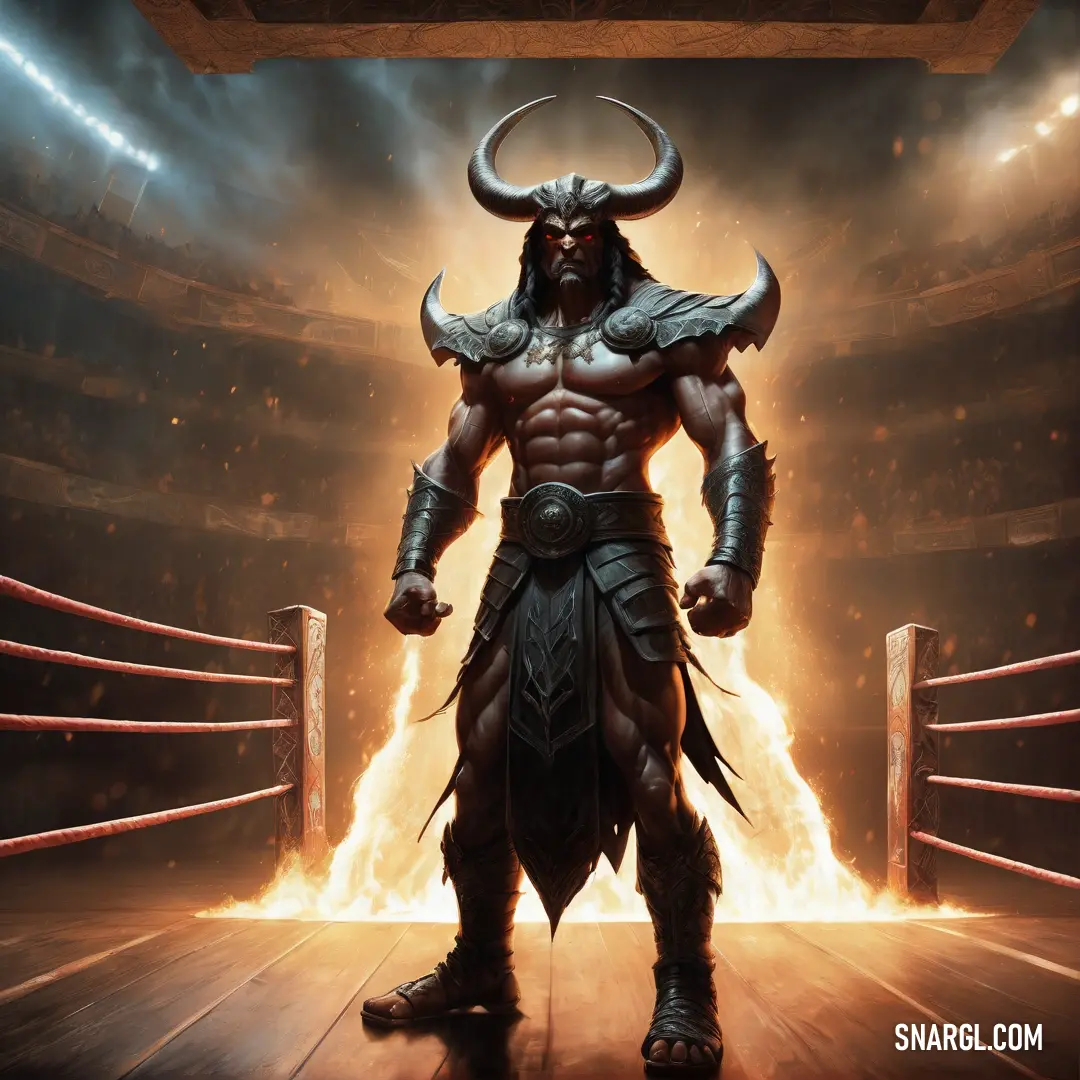
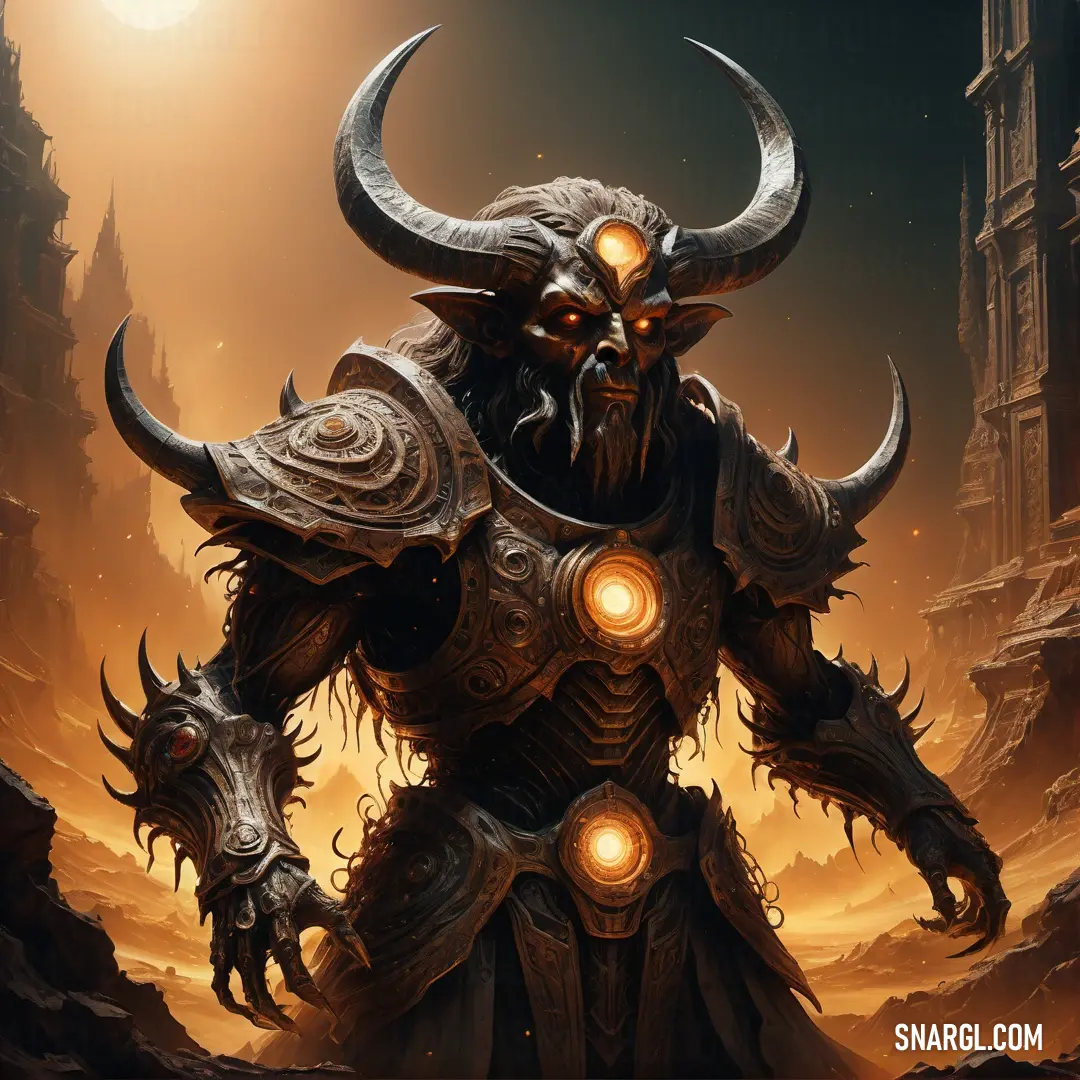
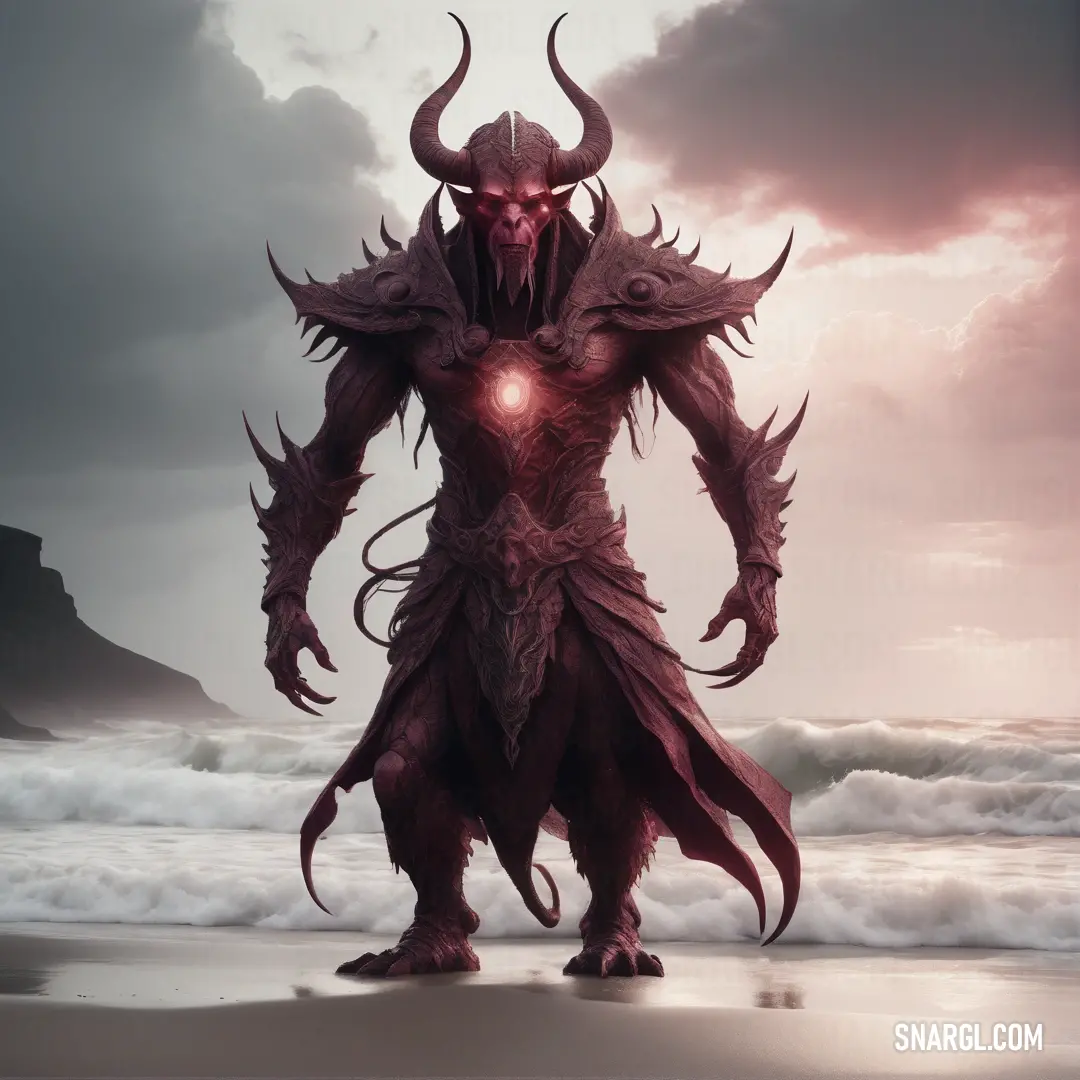
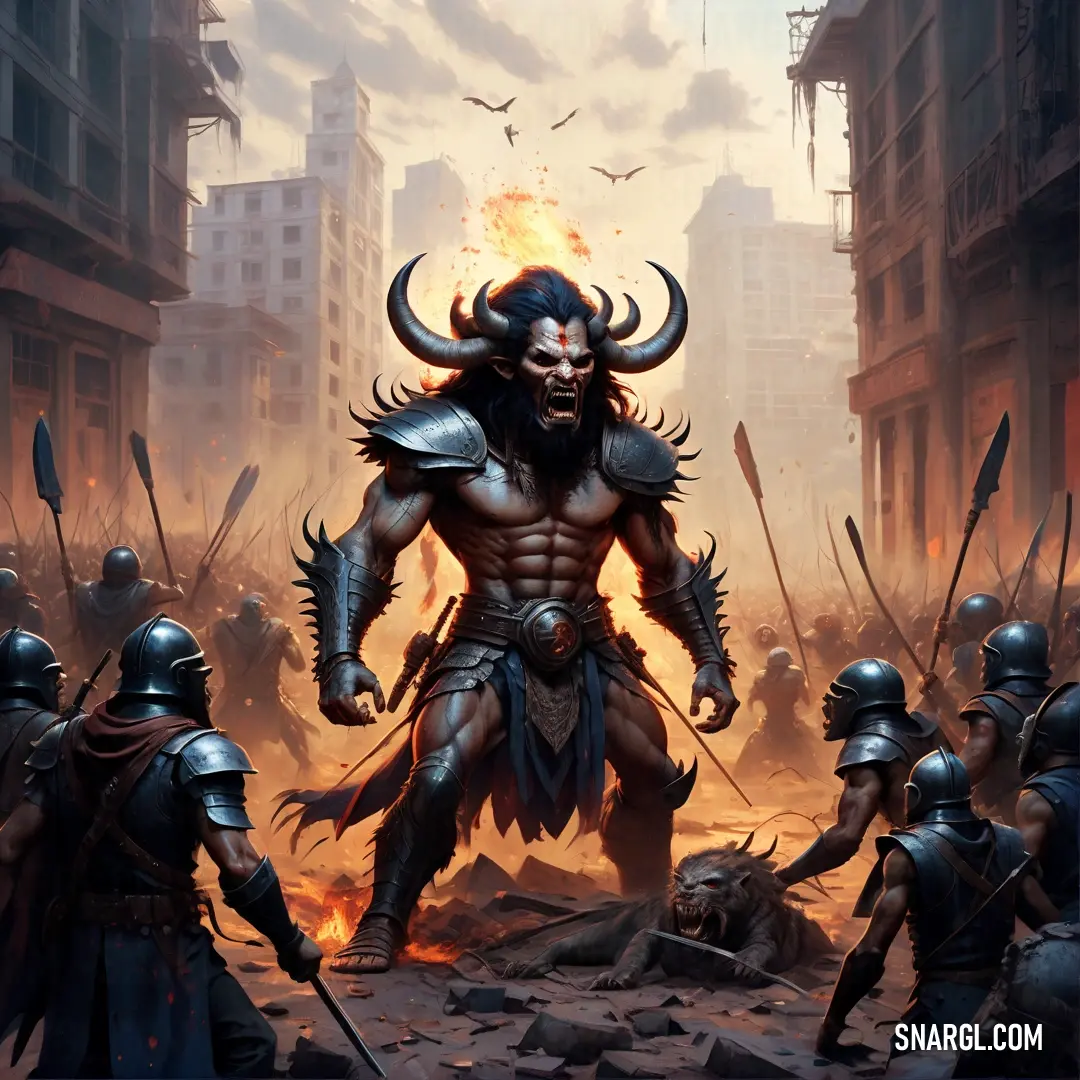
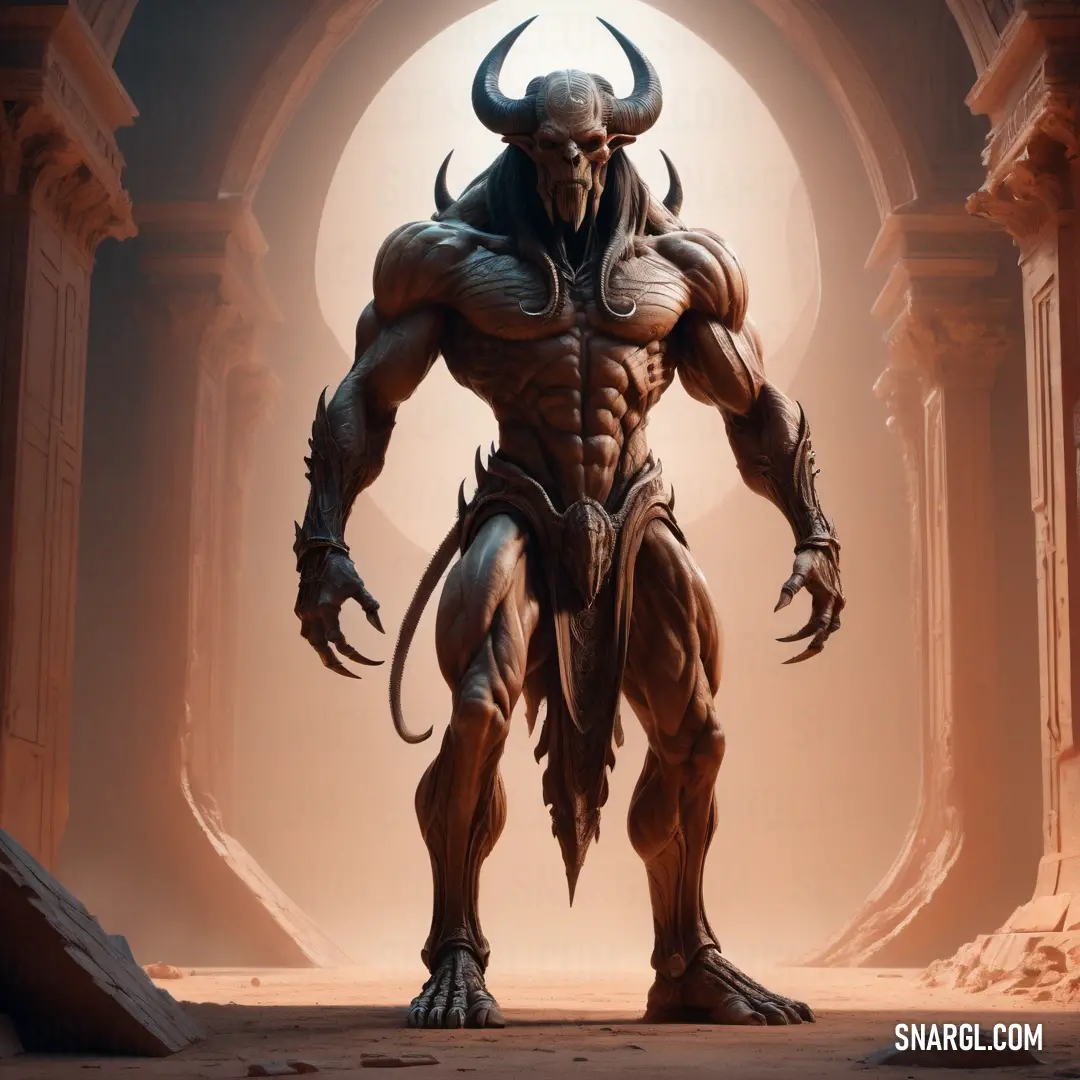
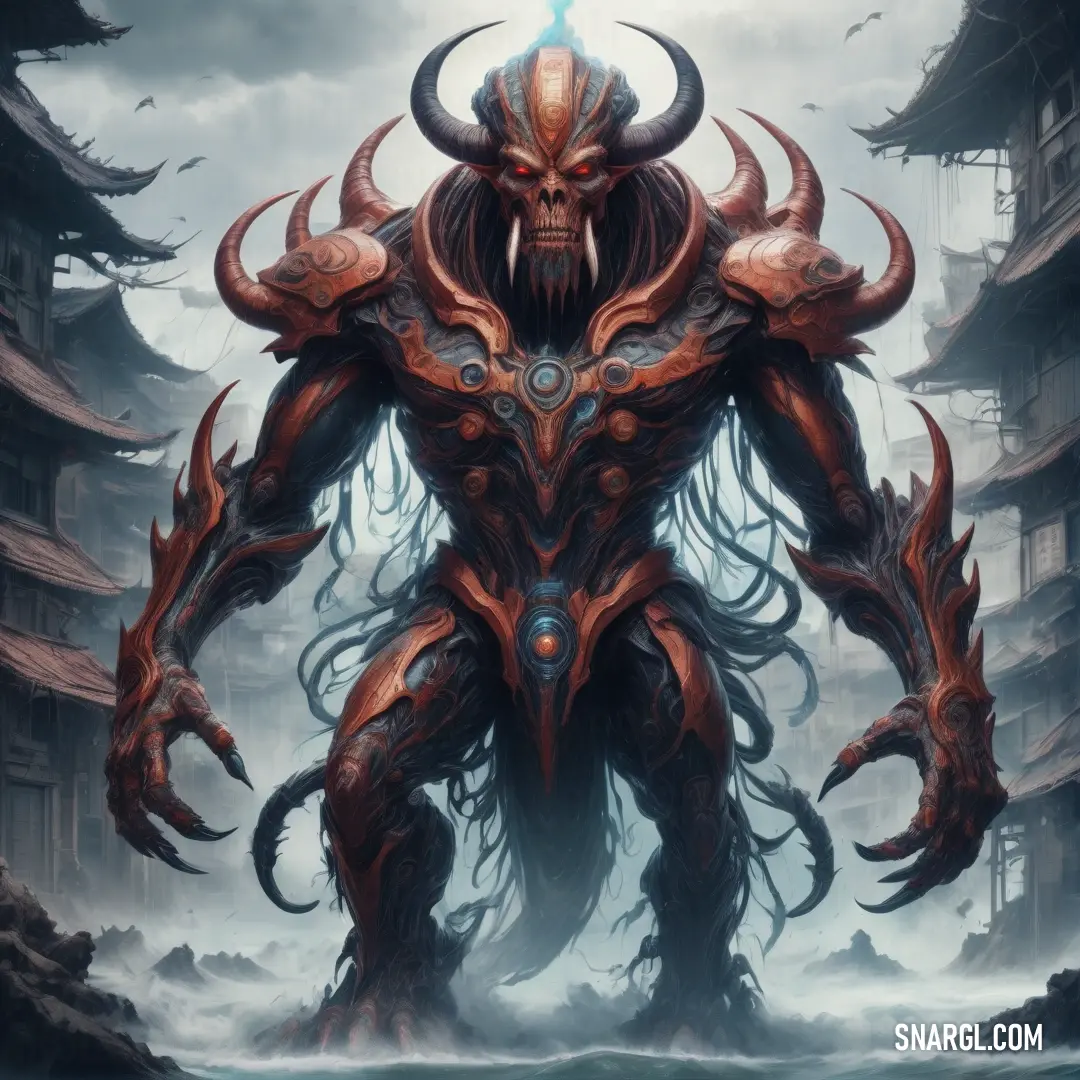
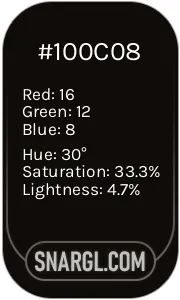 Smoky black
Smoky black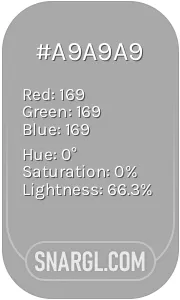 Dark gray
Dark gray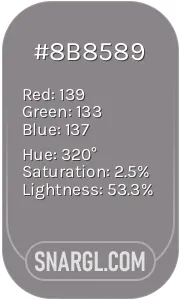 Taupe gray
Taupe gray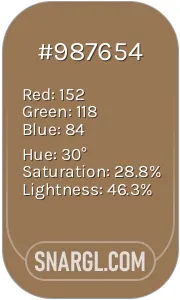 Pale brown
Pale brown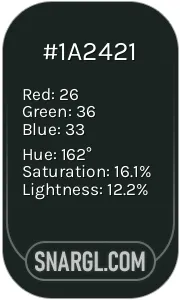 Dark jungle green
Dark jungle green KU Crimson
KU Crimson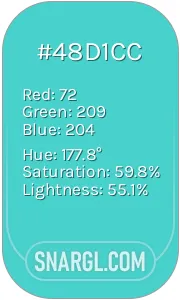 Medium turquoise
Medium turquoise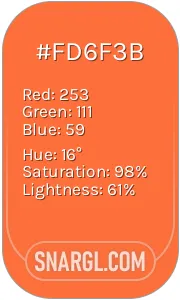 Carrot
Carrot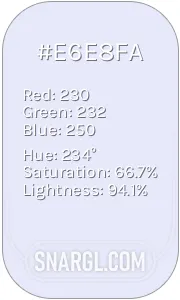 Glitter
Glitter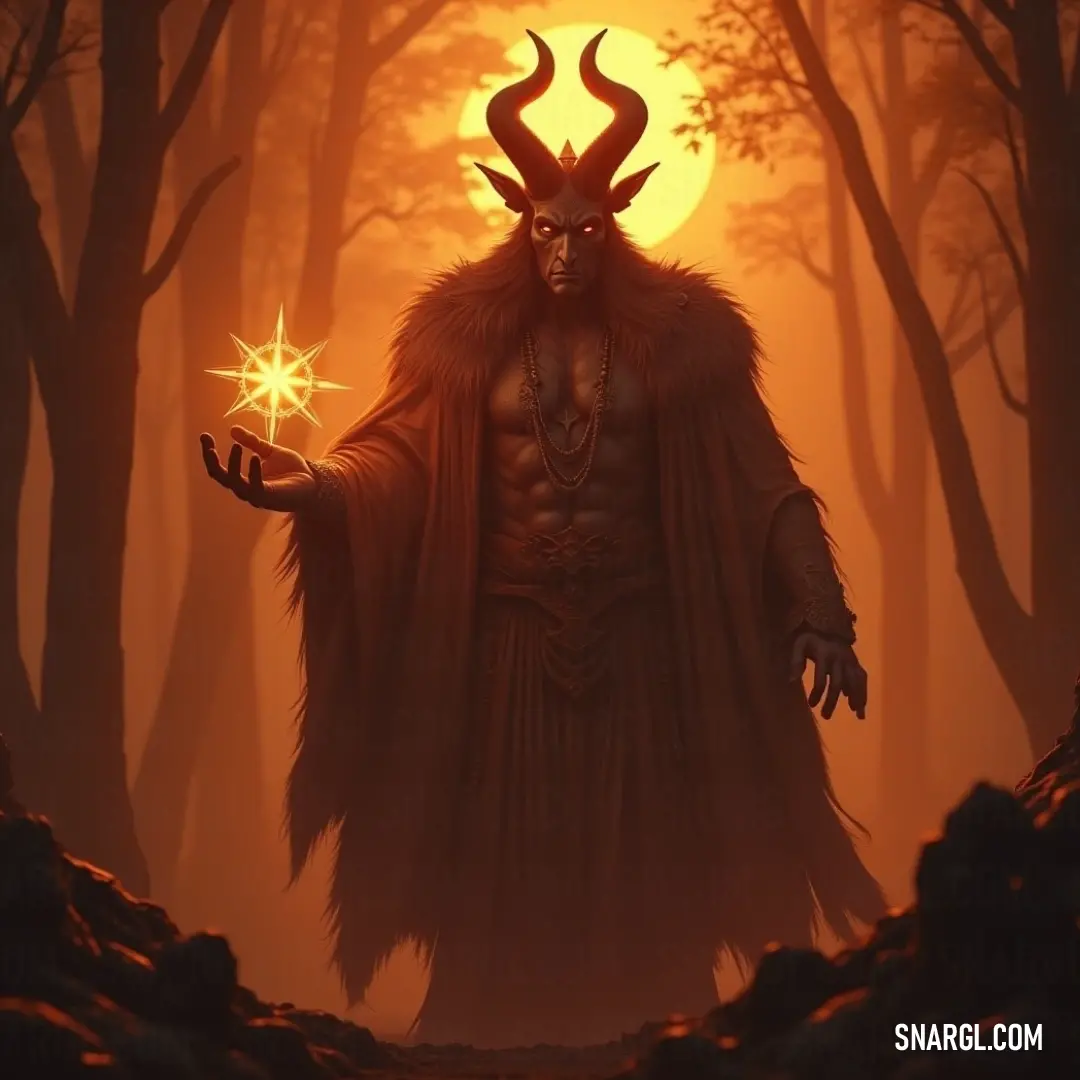
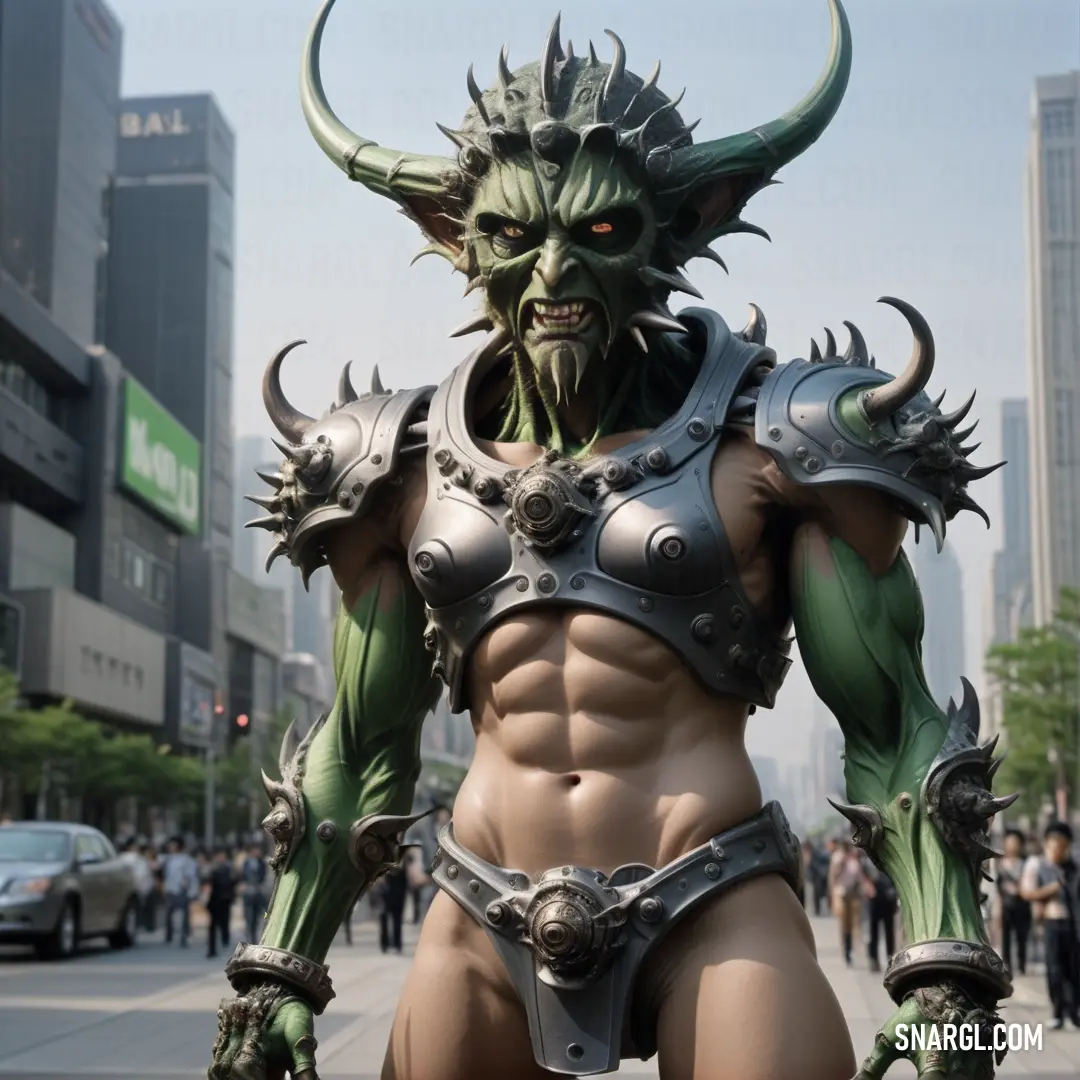
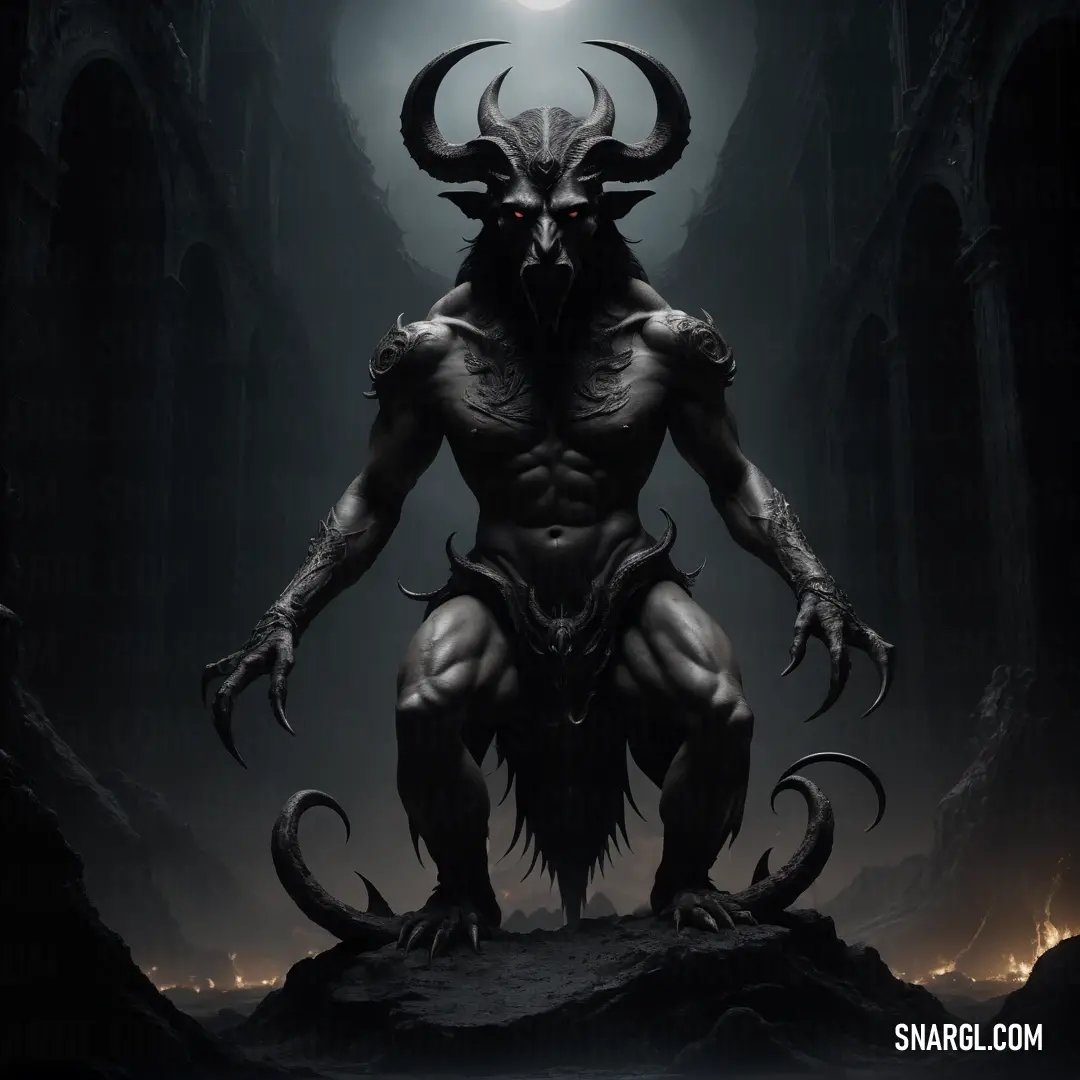
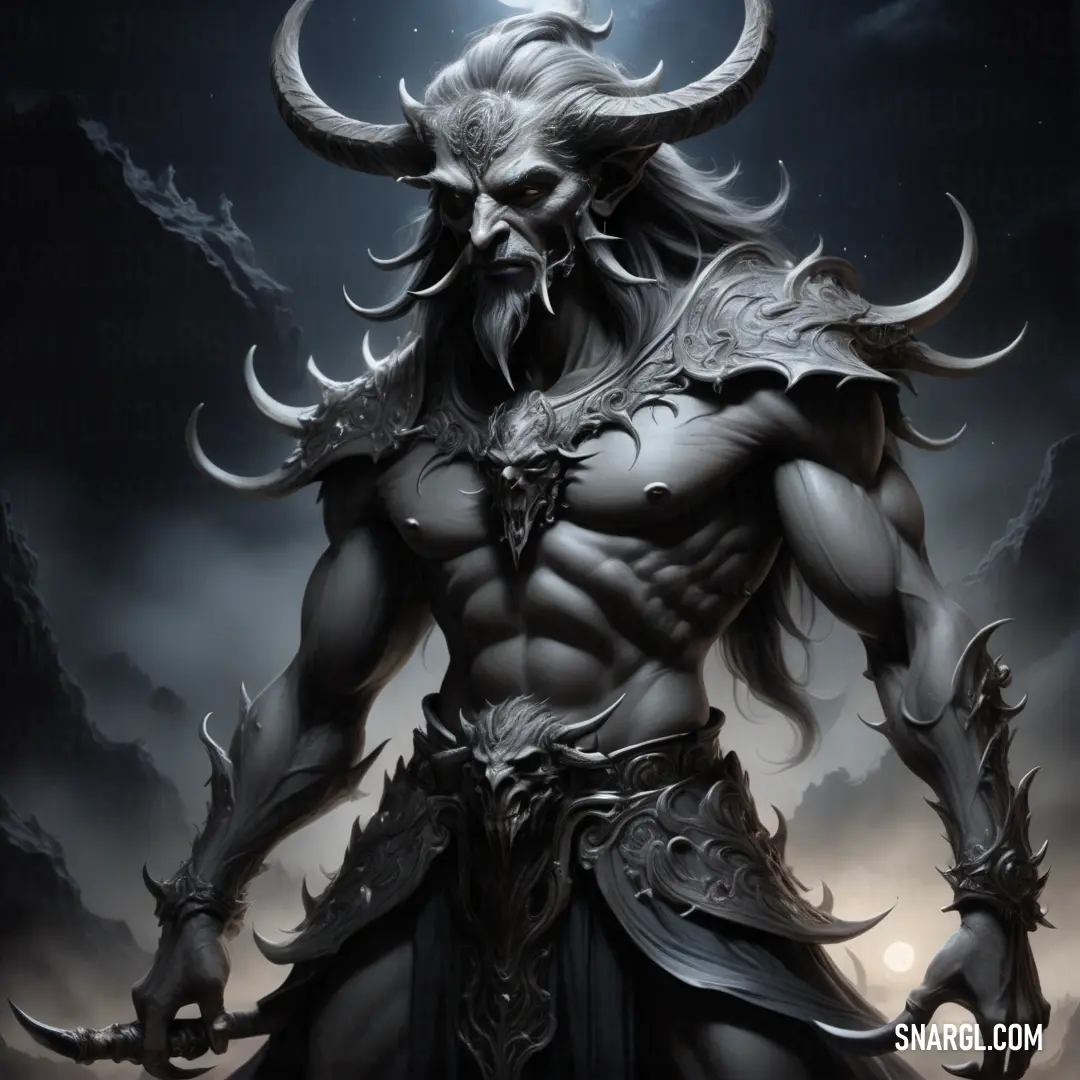

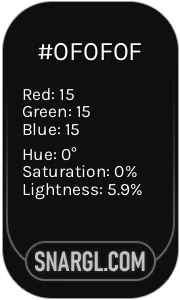 Onyx
Onyx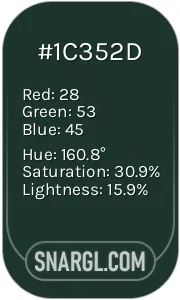 Medium jungle green
Medium jungle green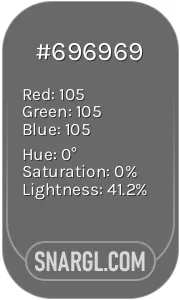 Dim gray
Dim gray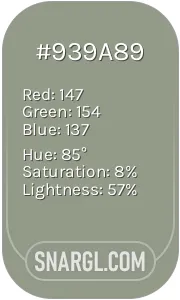 Gray-Tea Green
Gray-Tea Green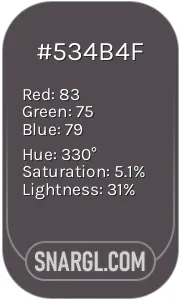 Liver
Liver